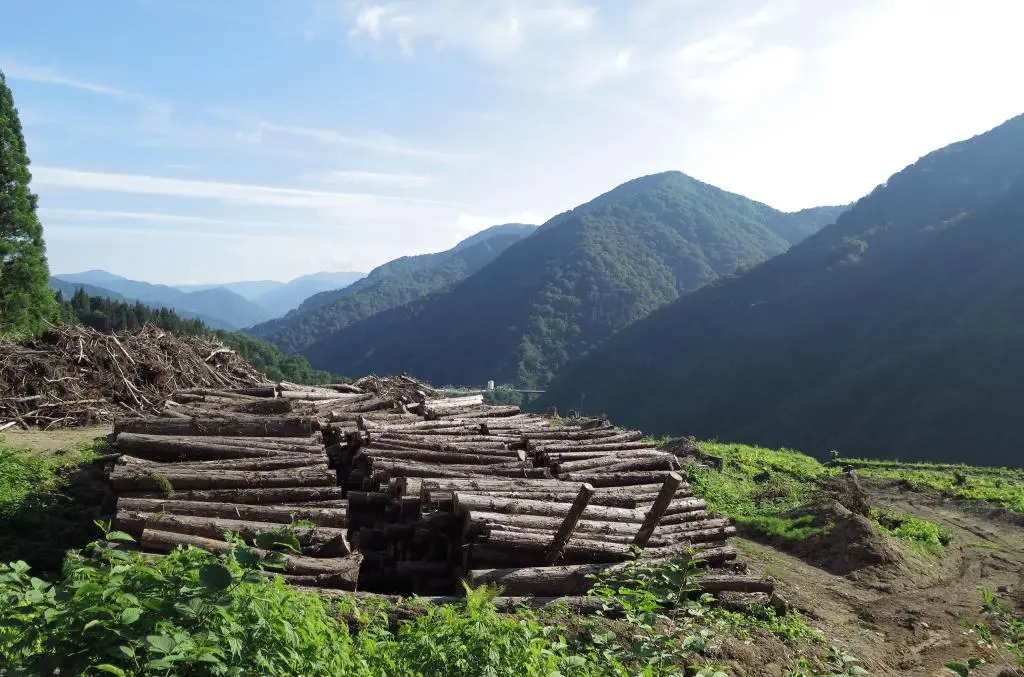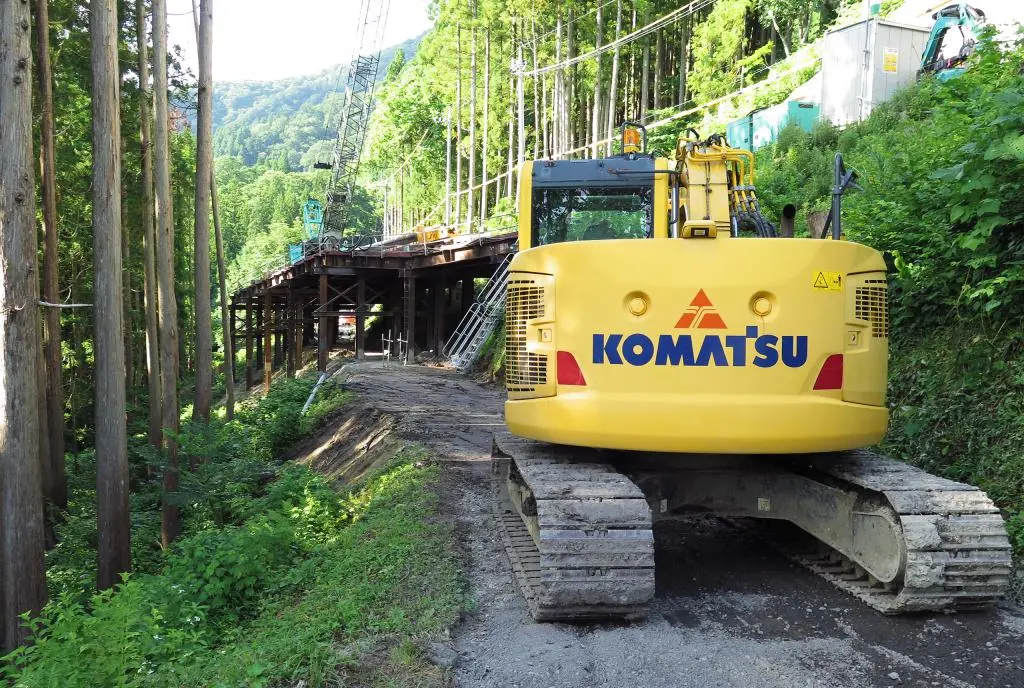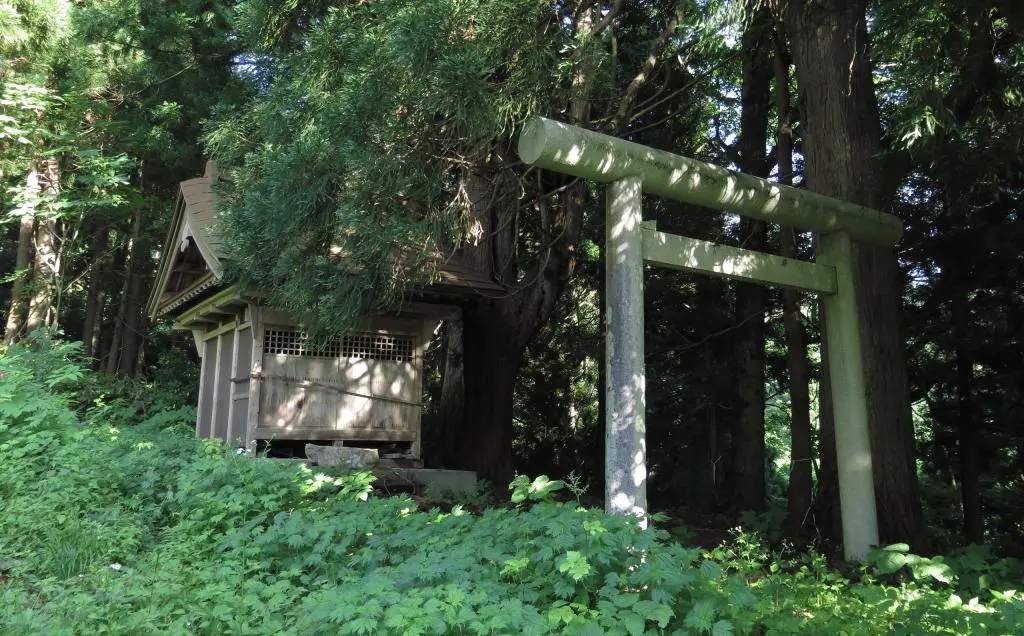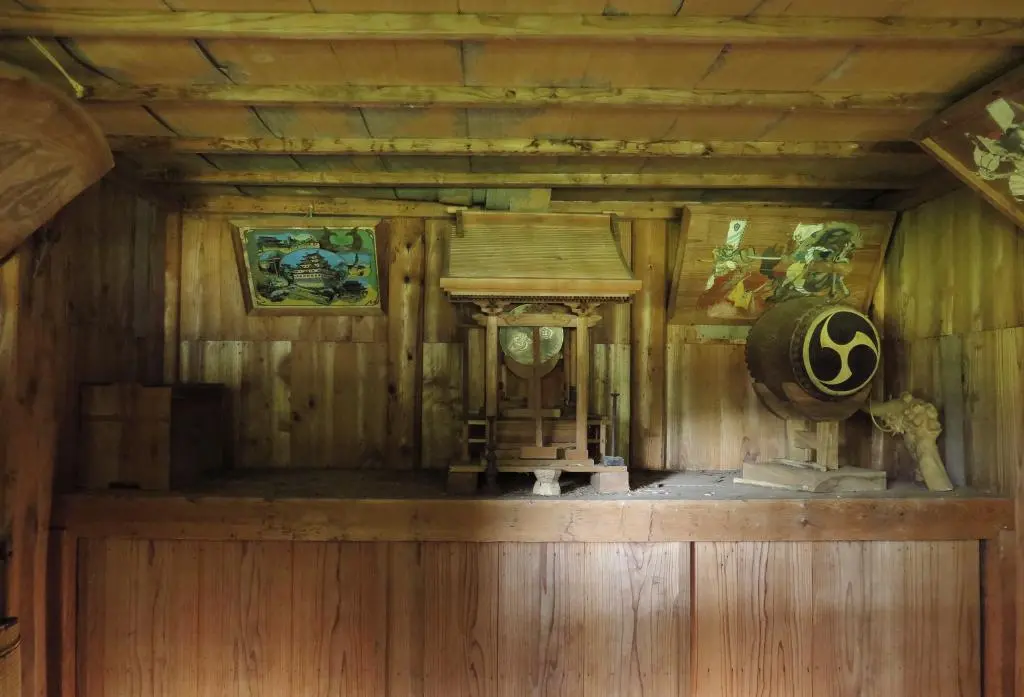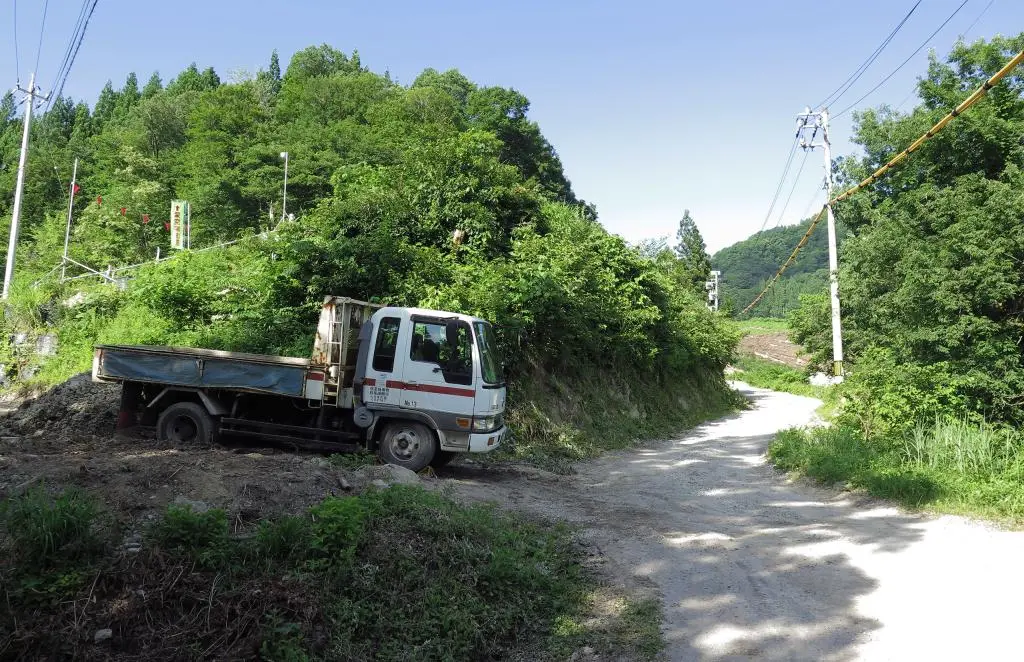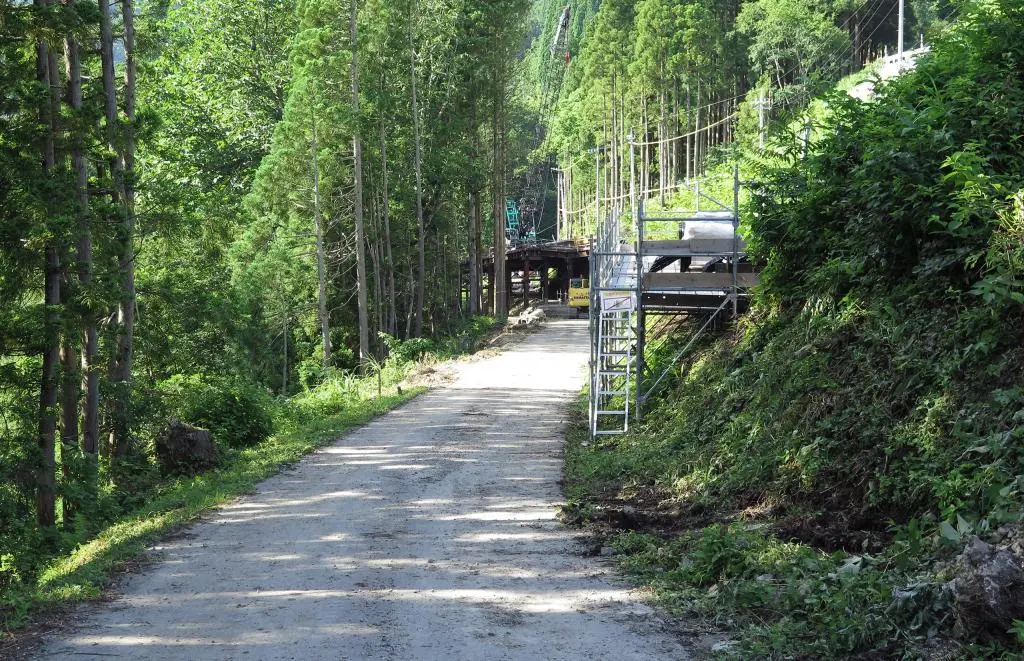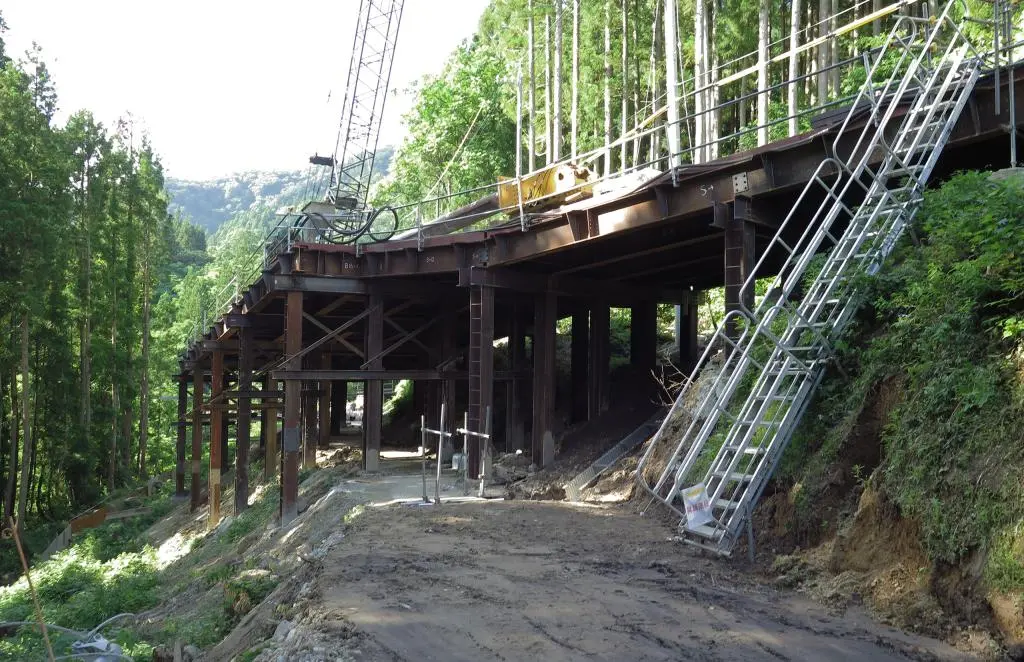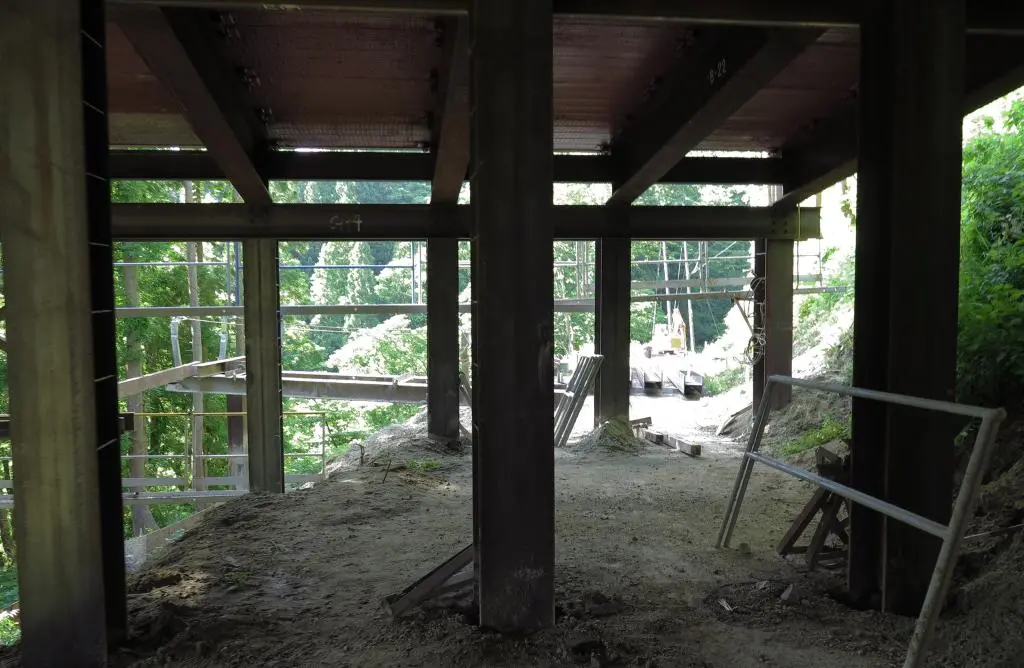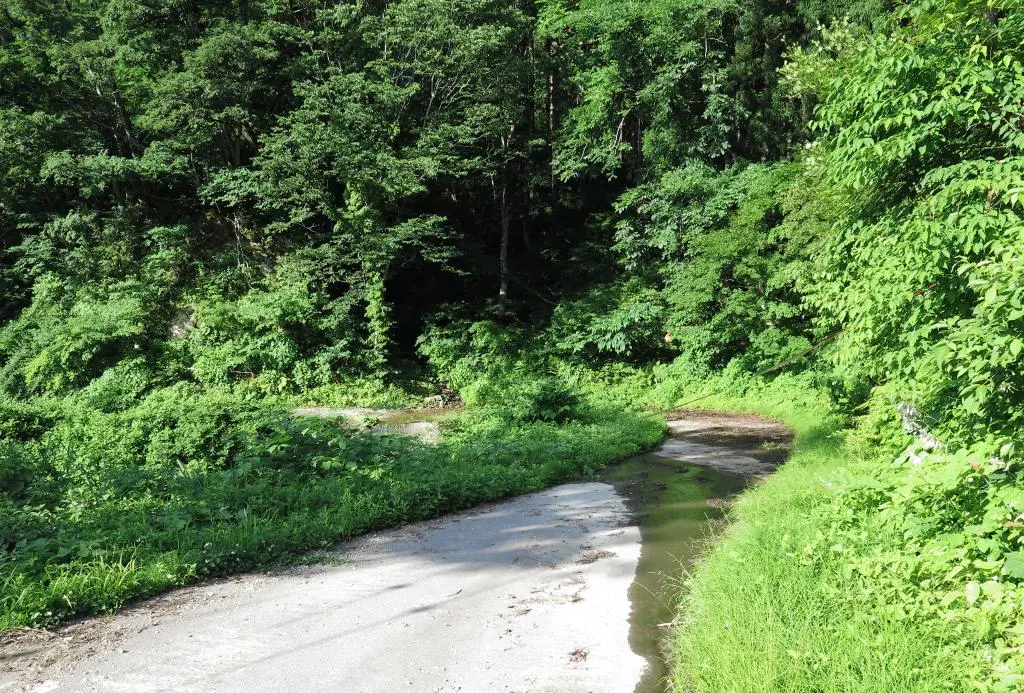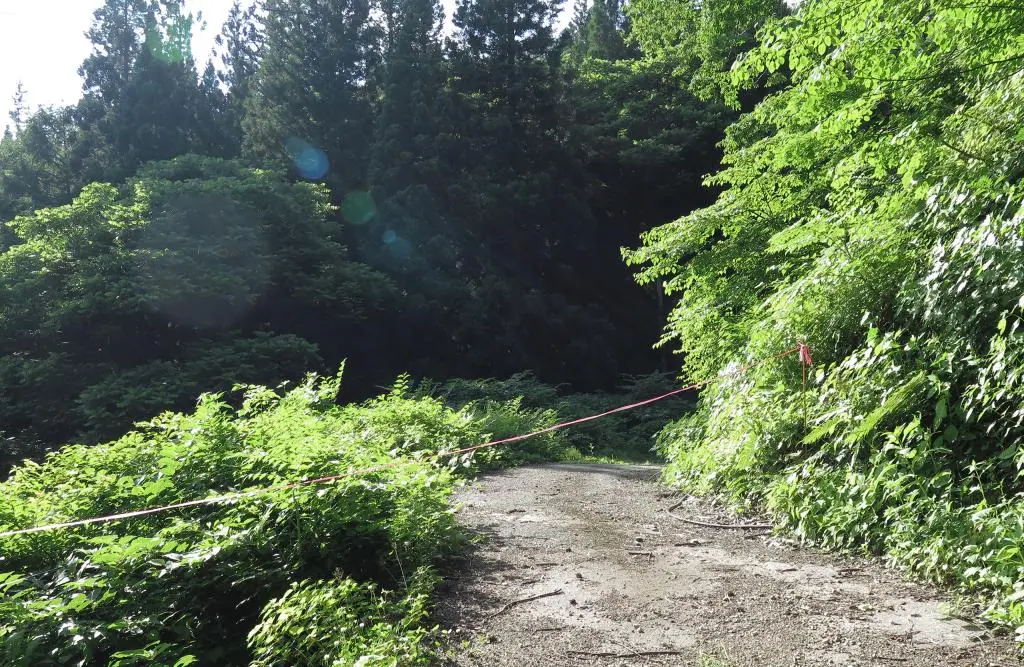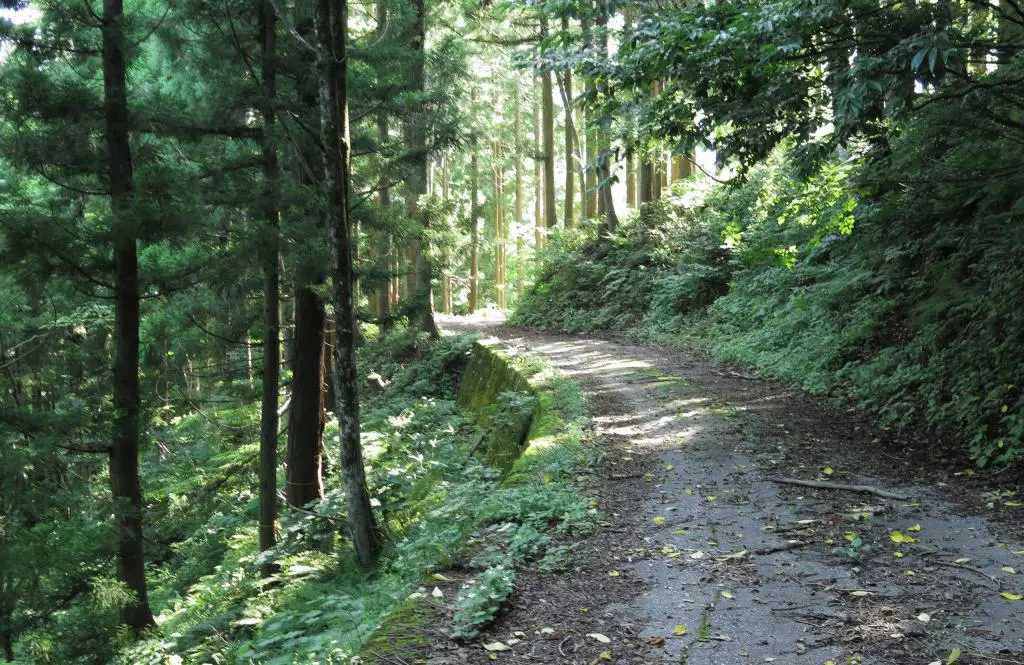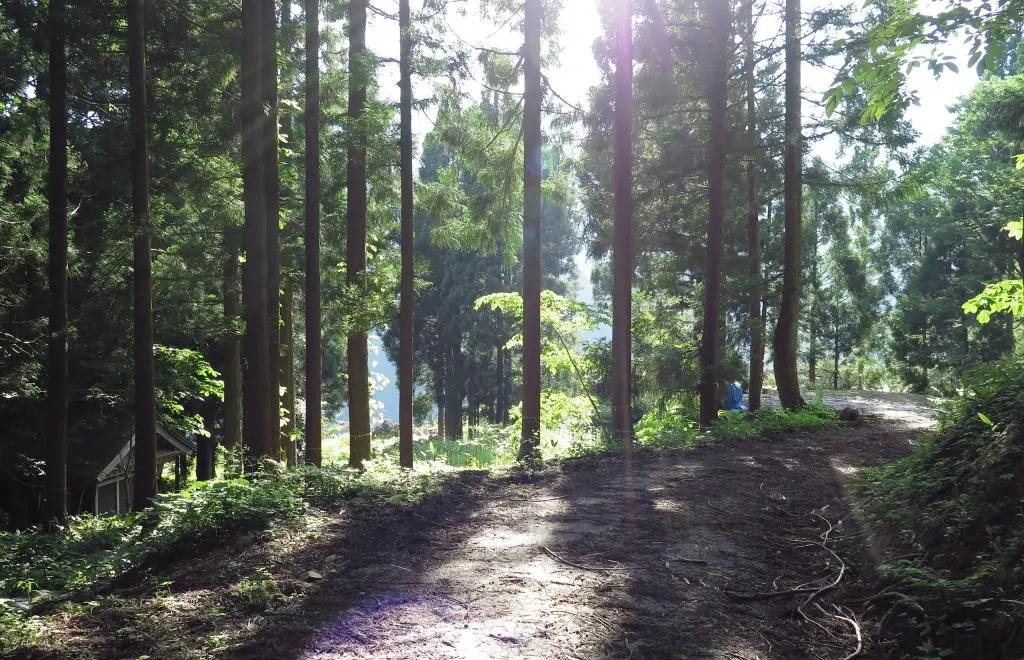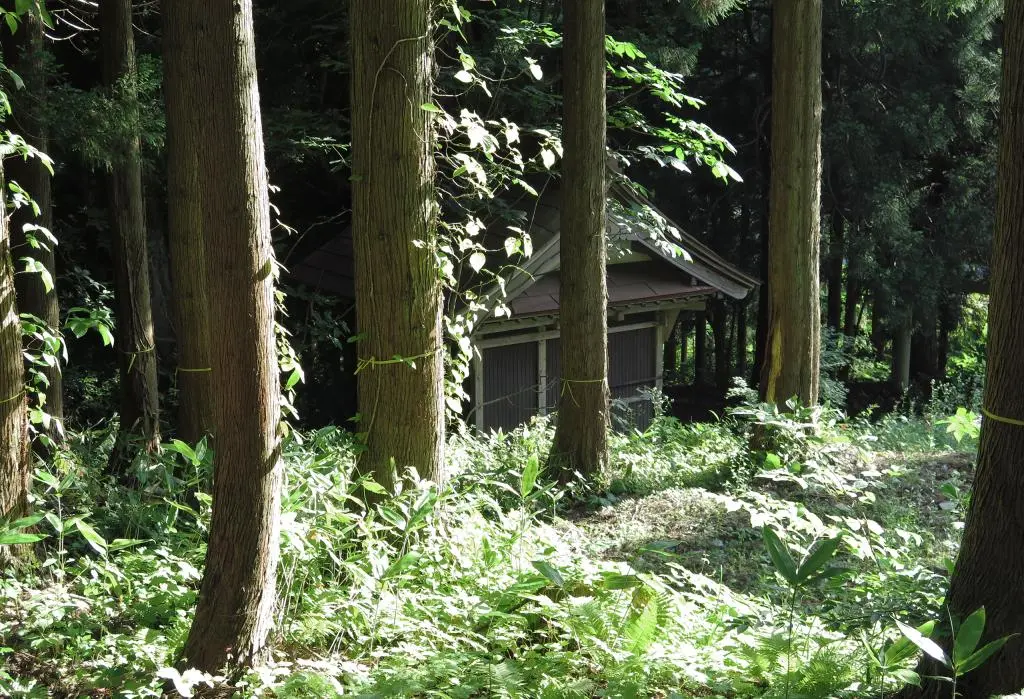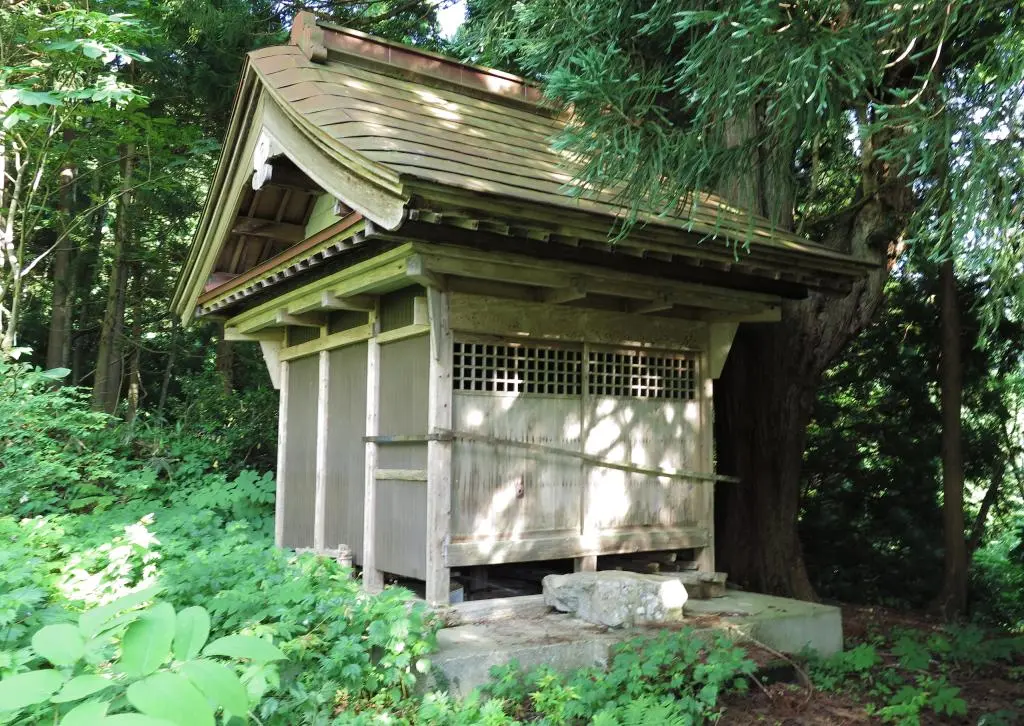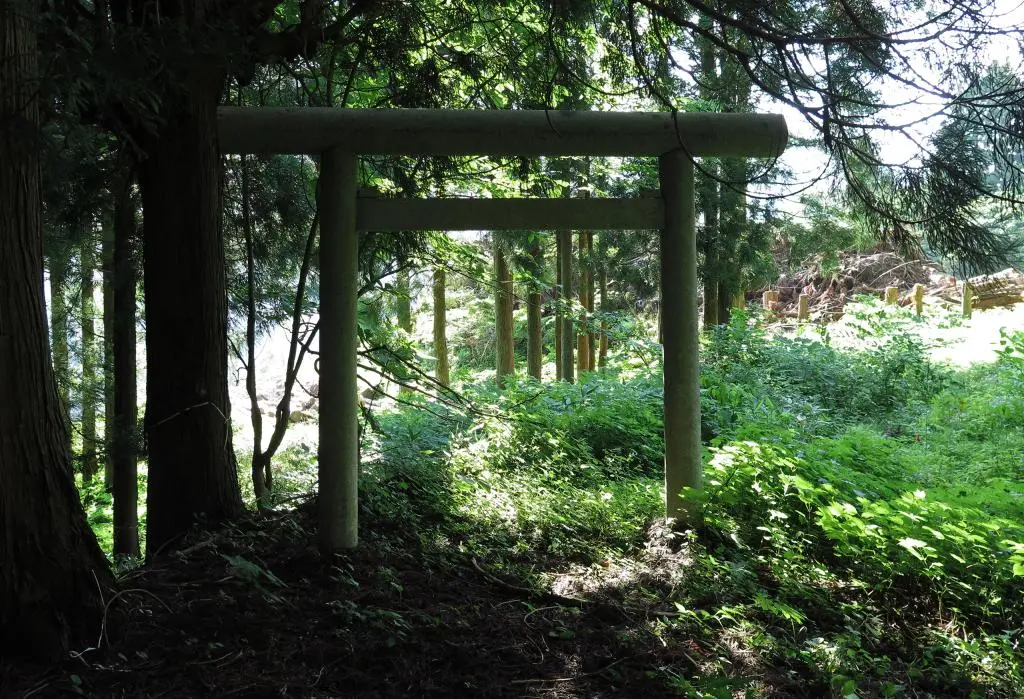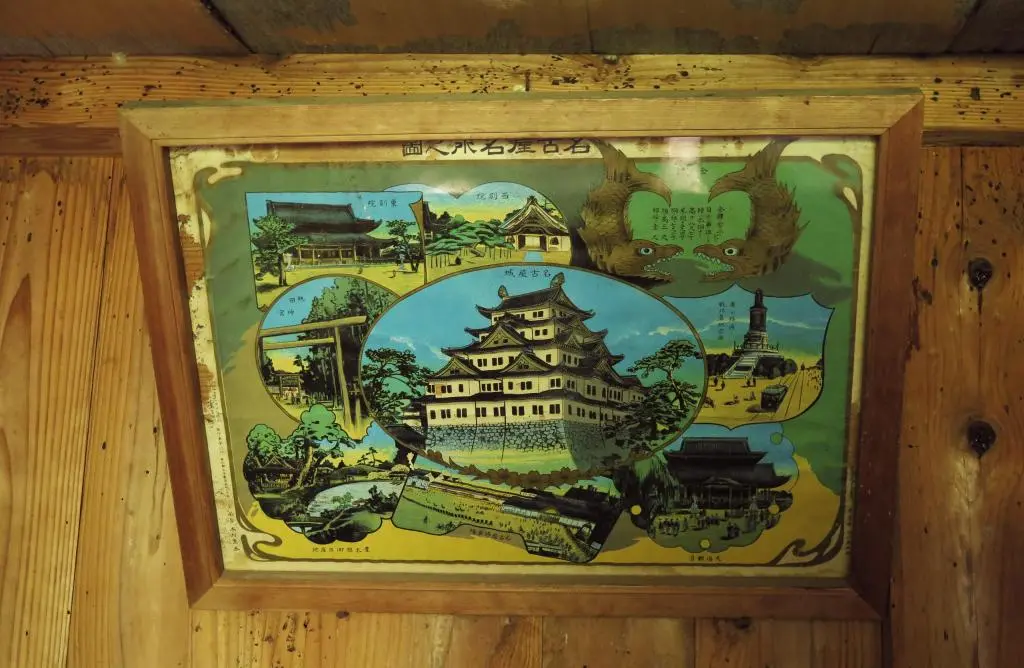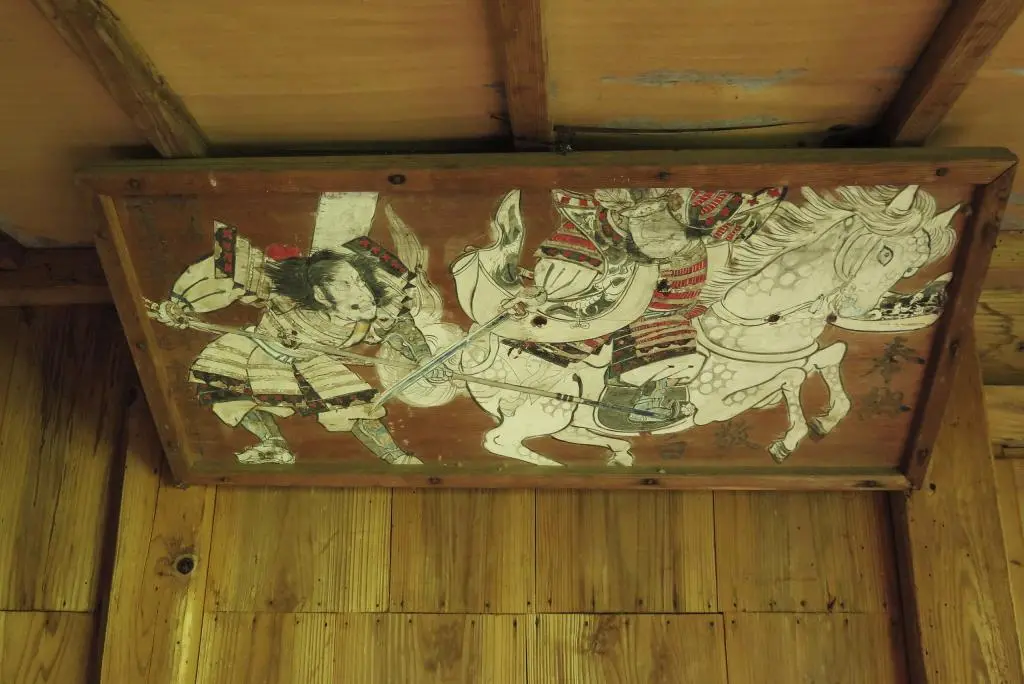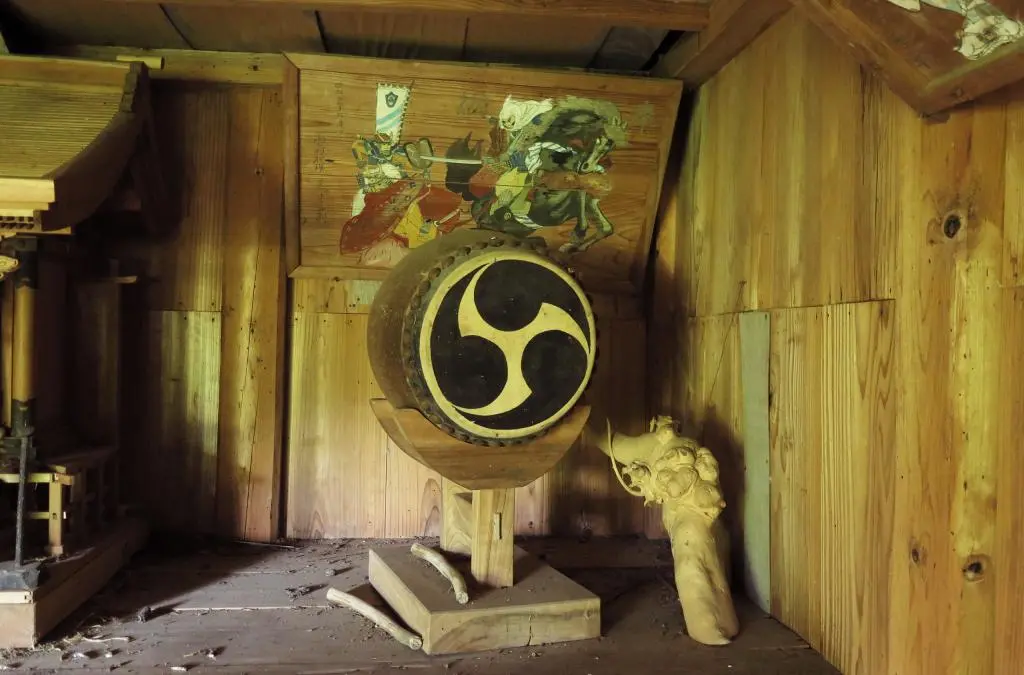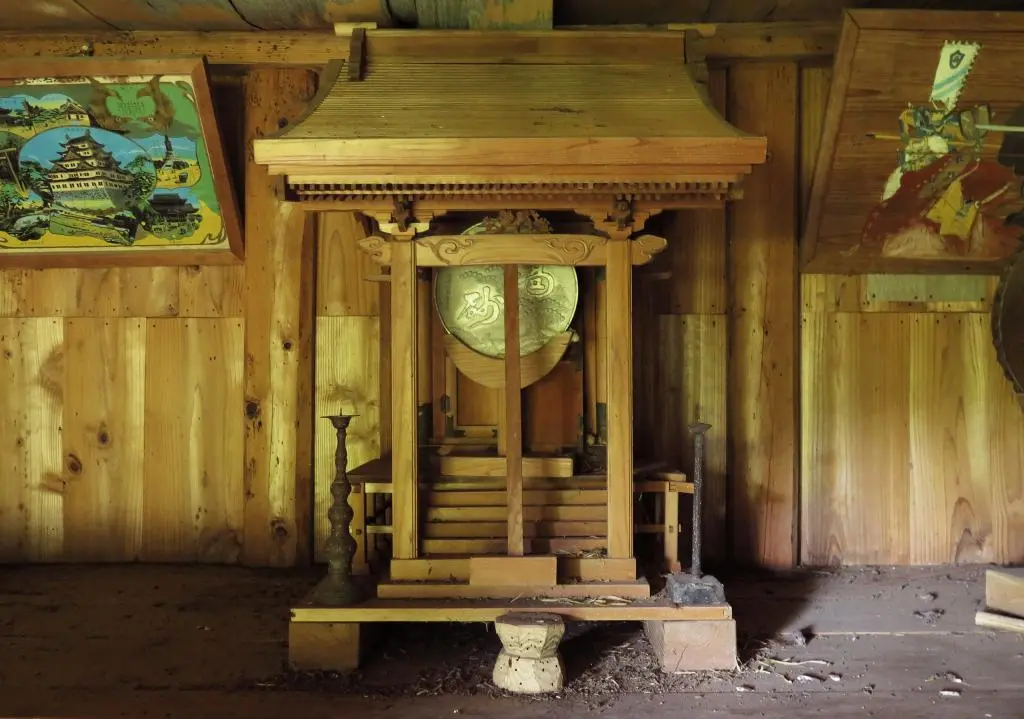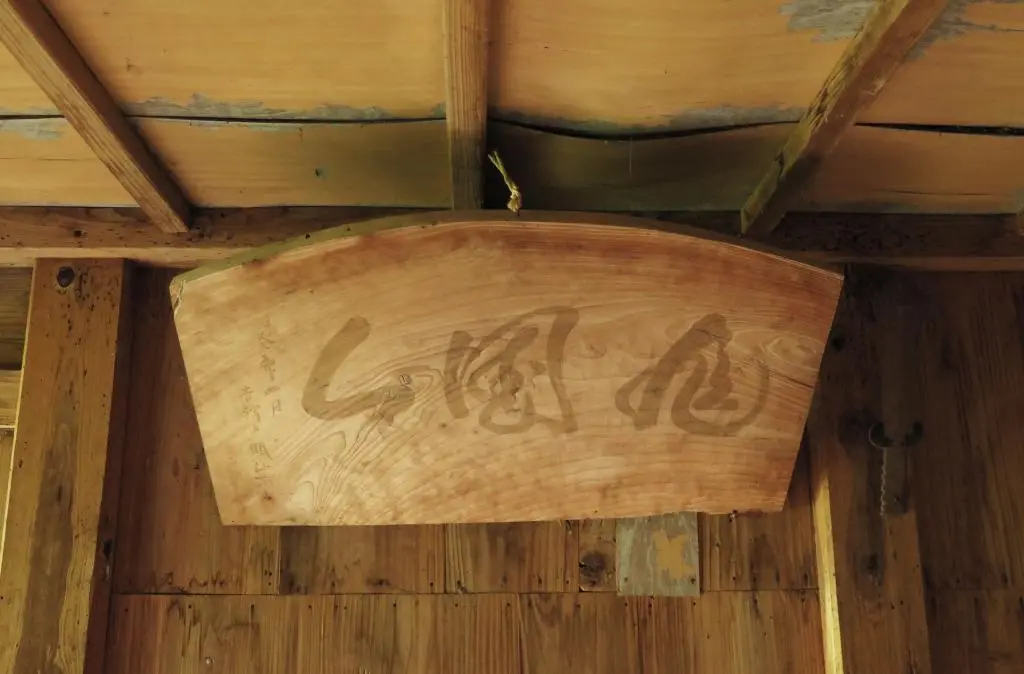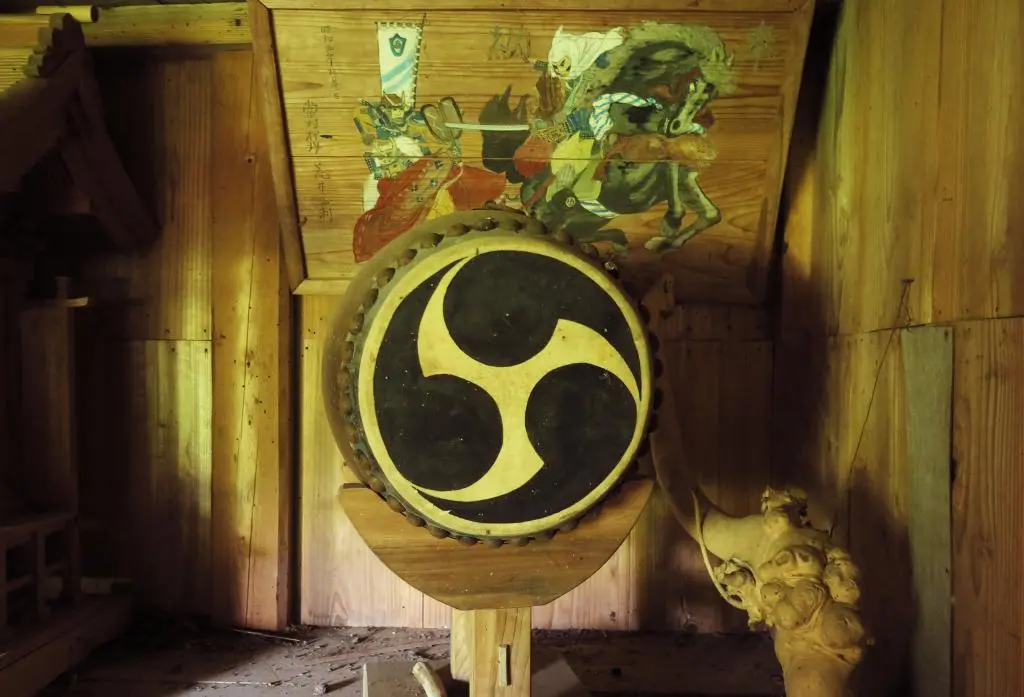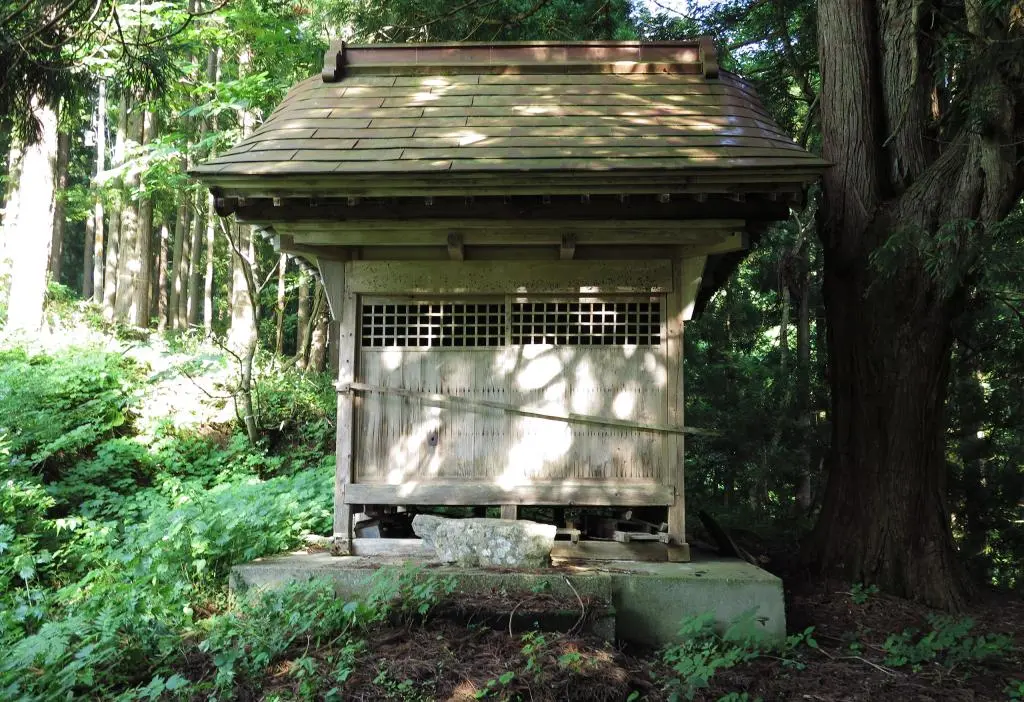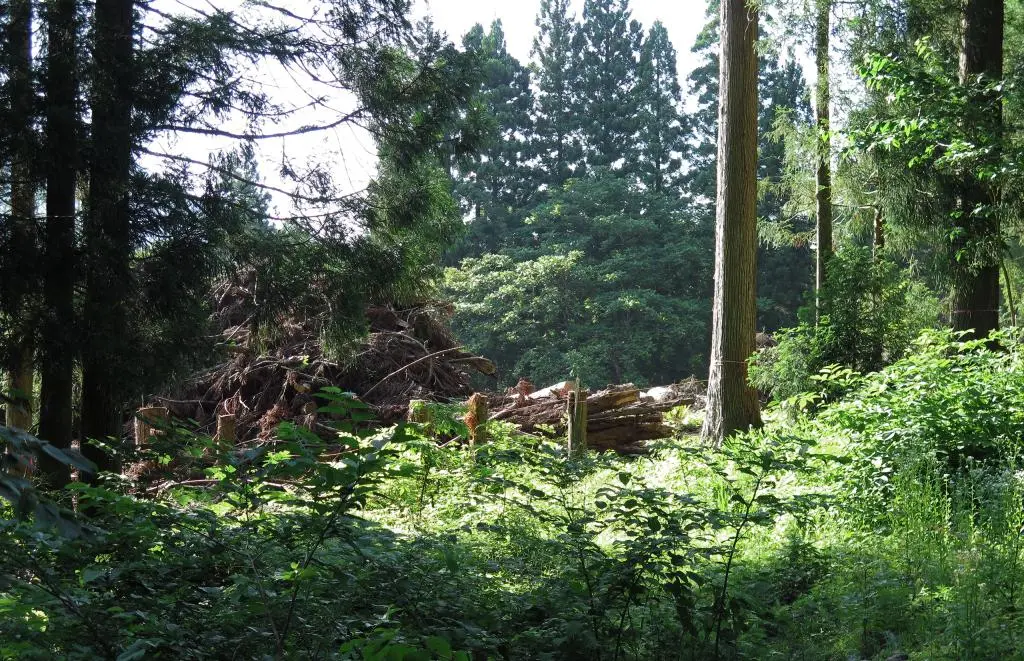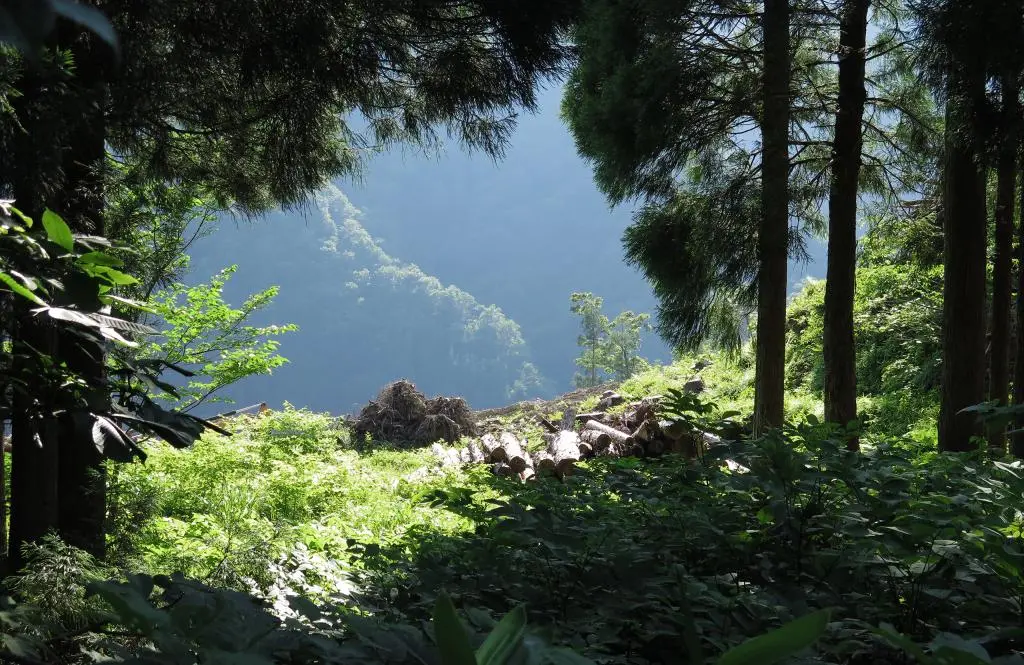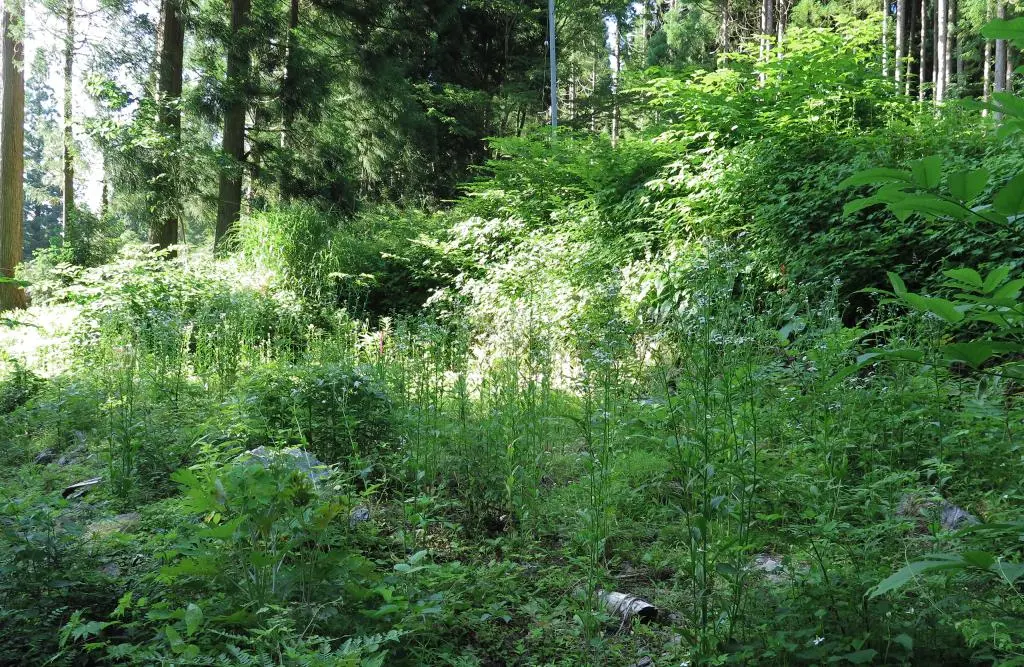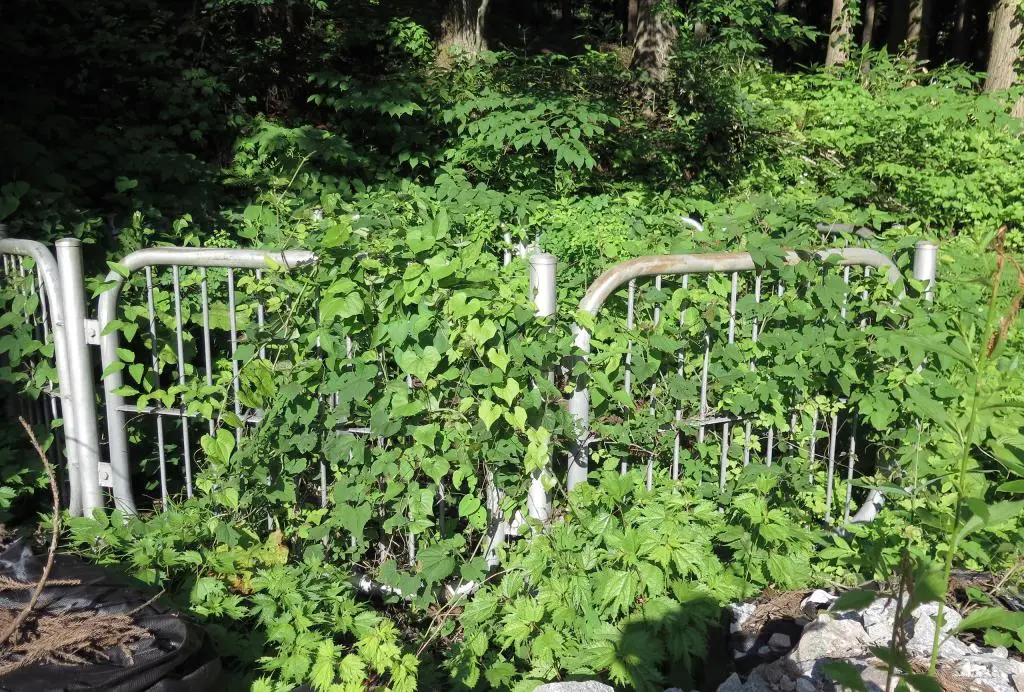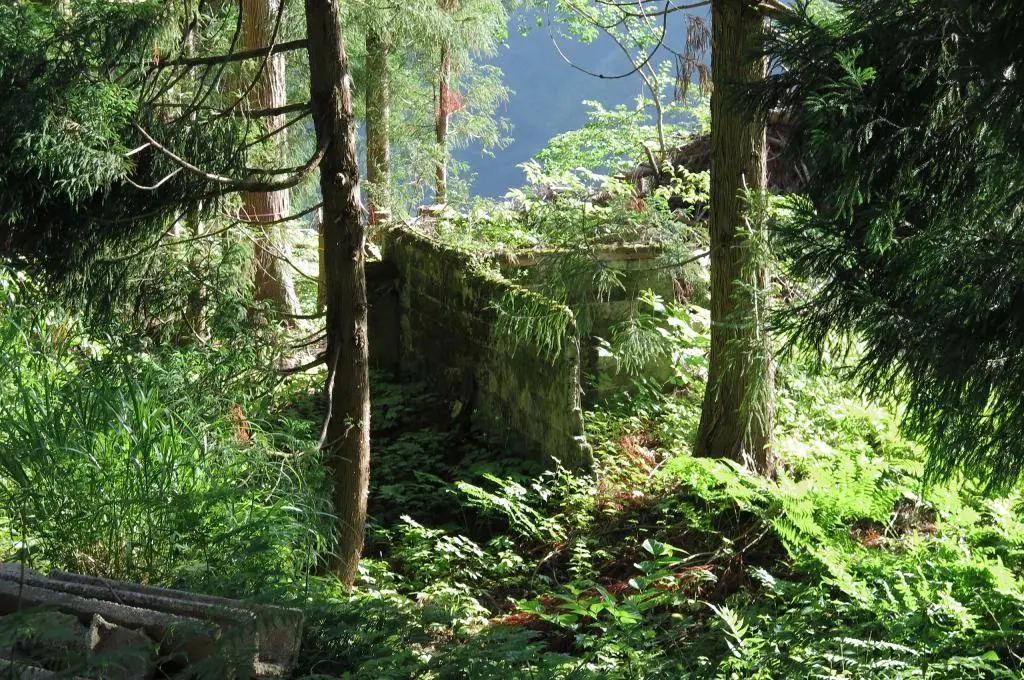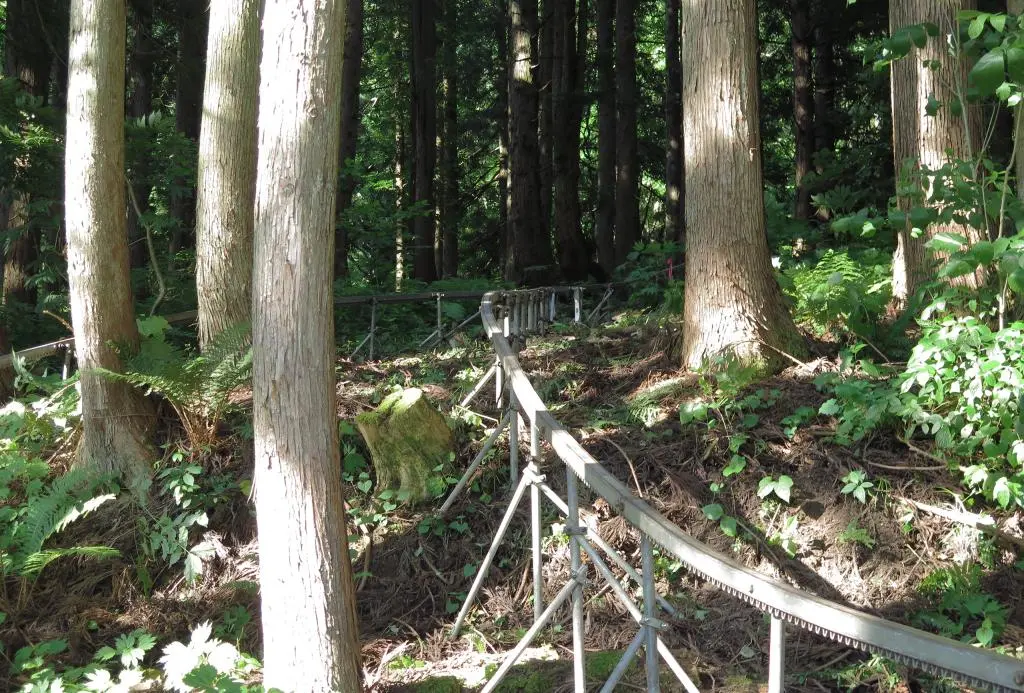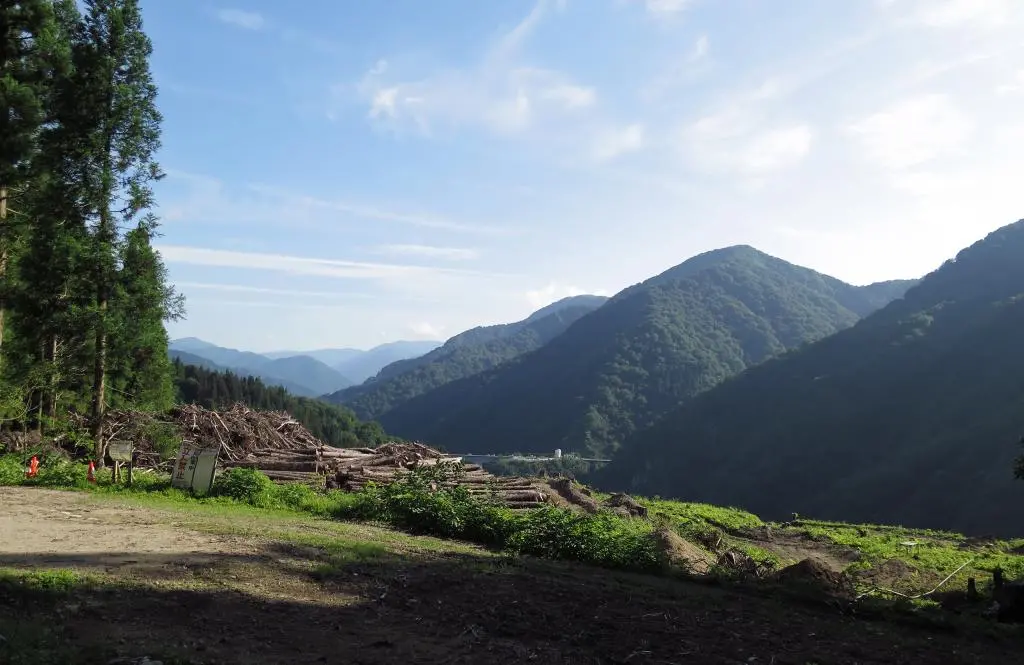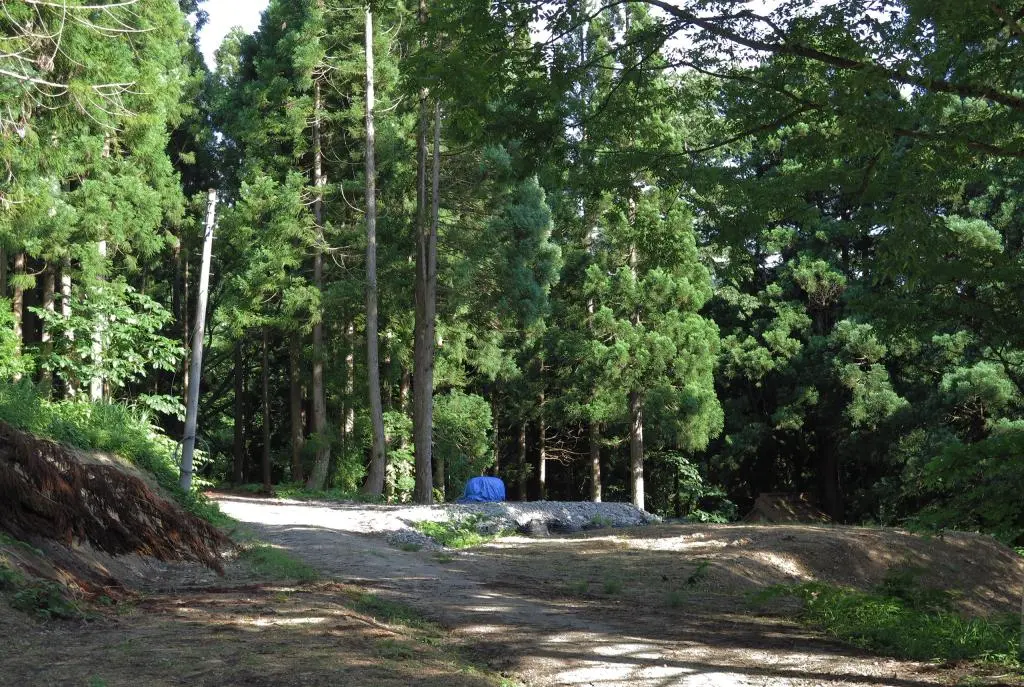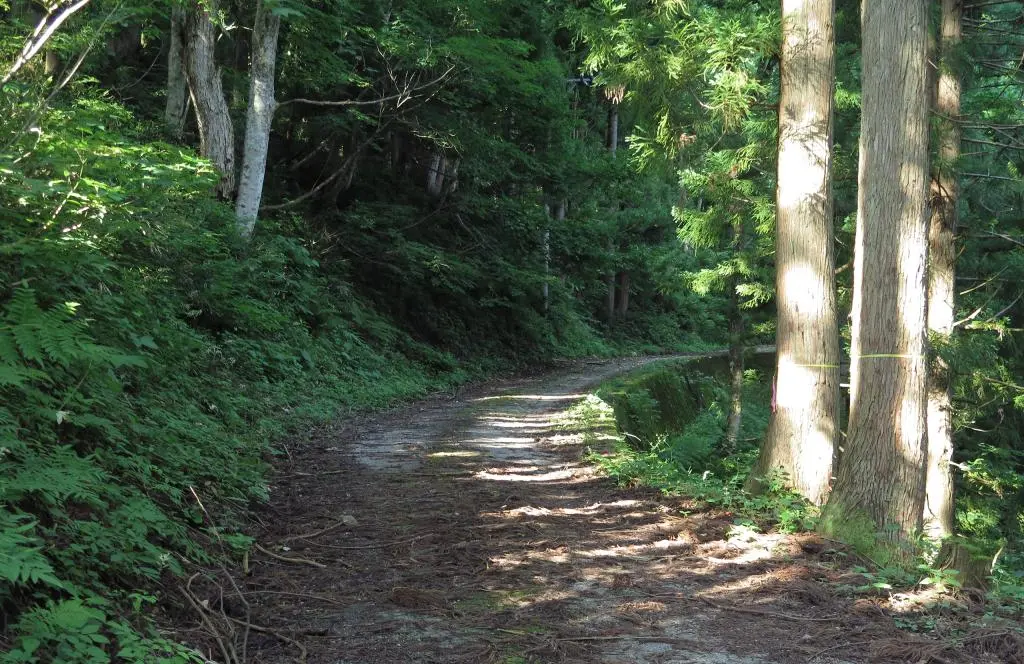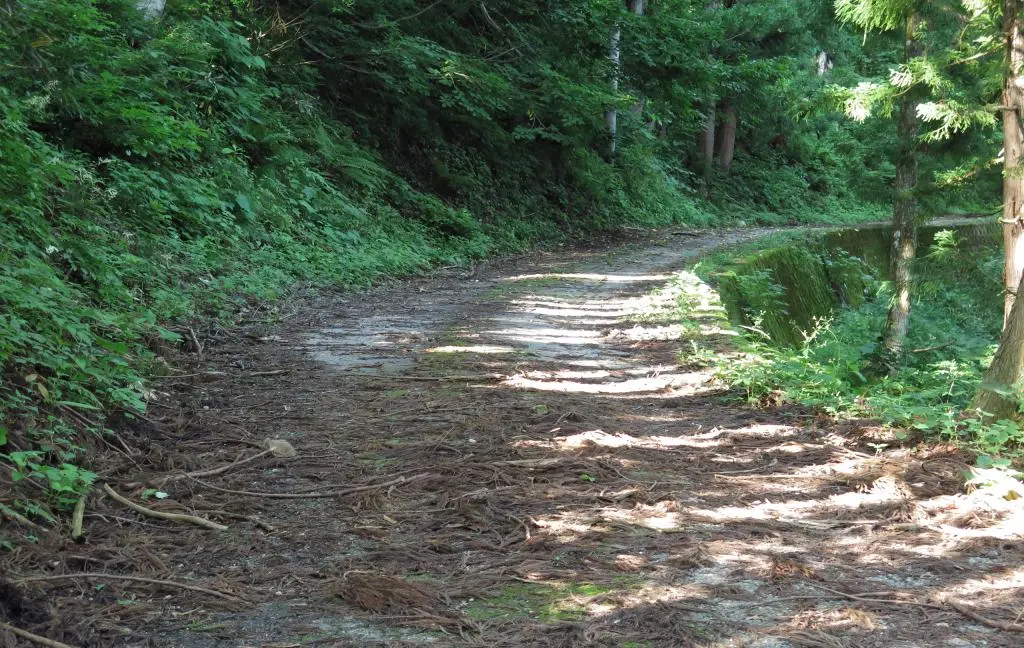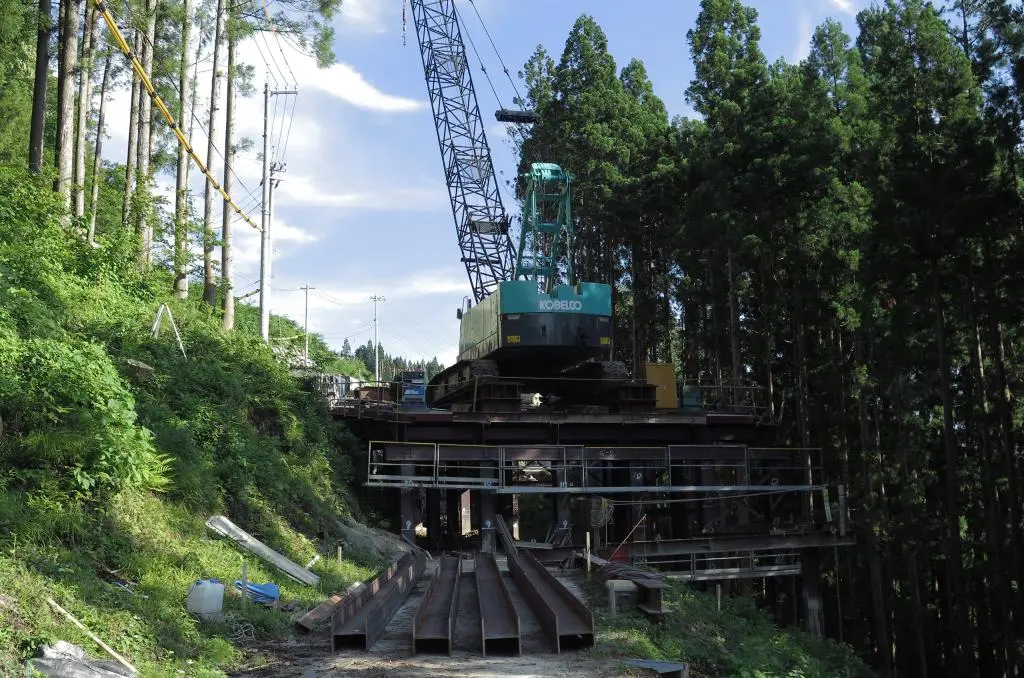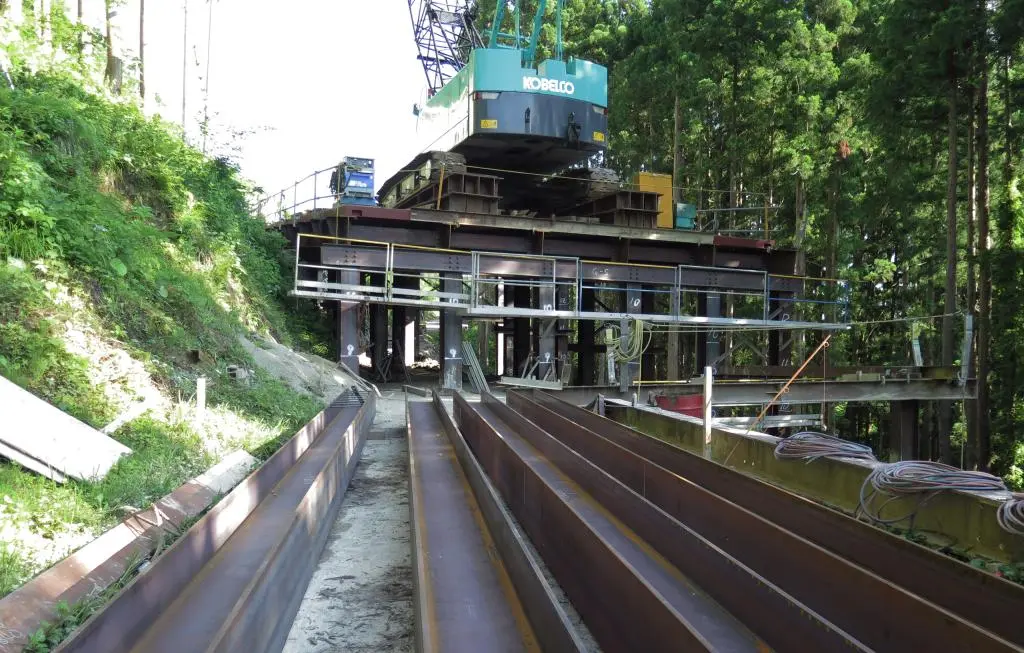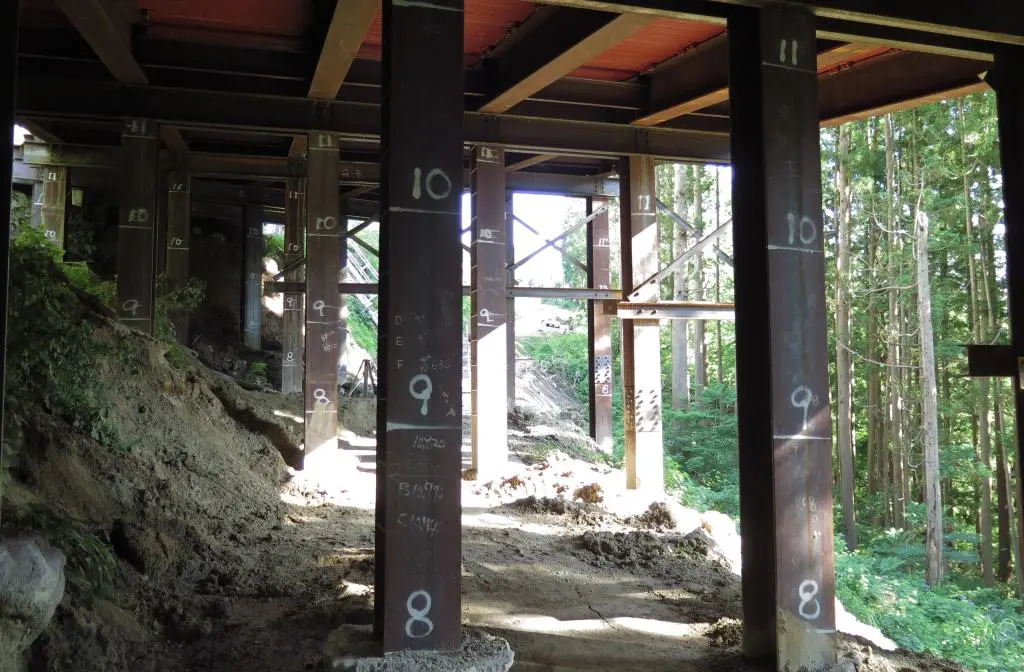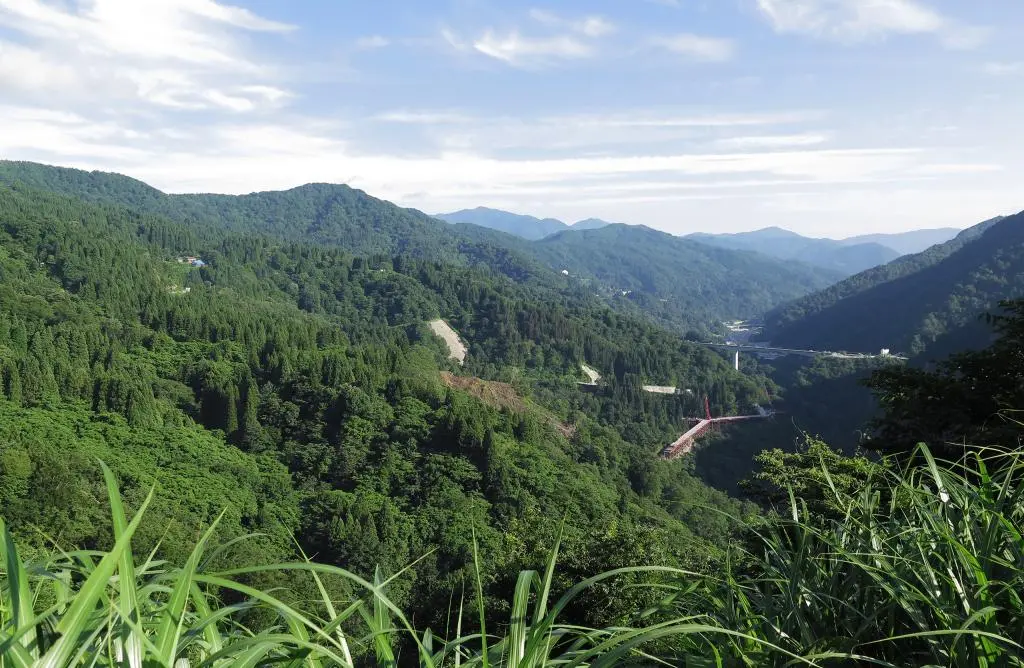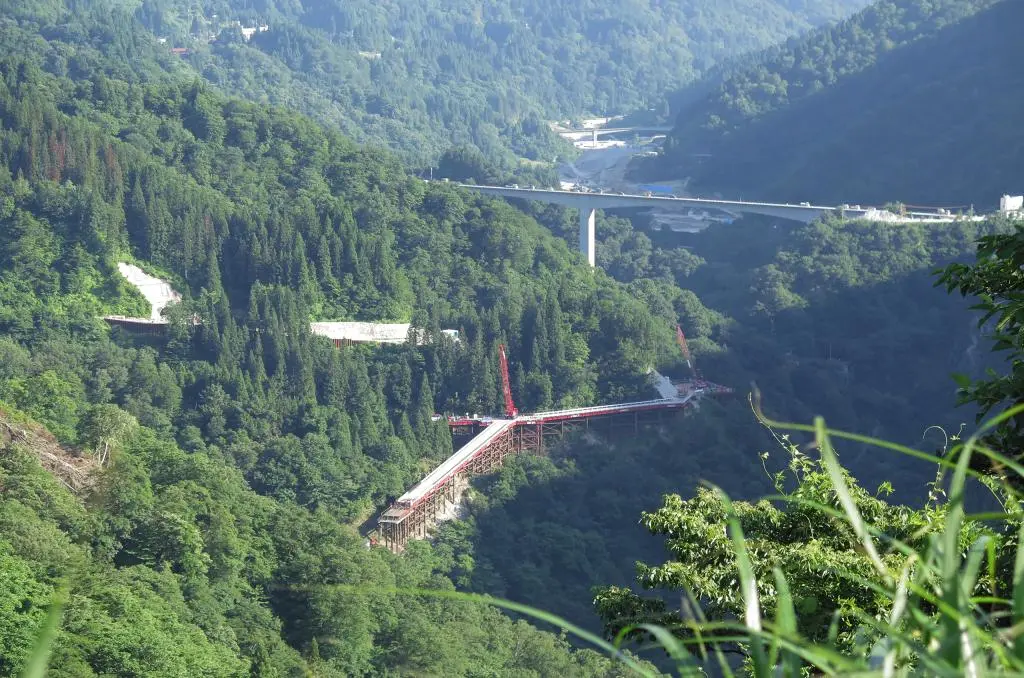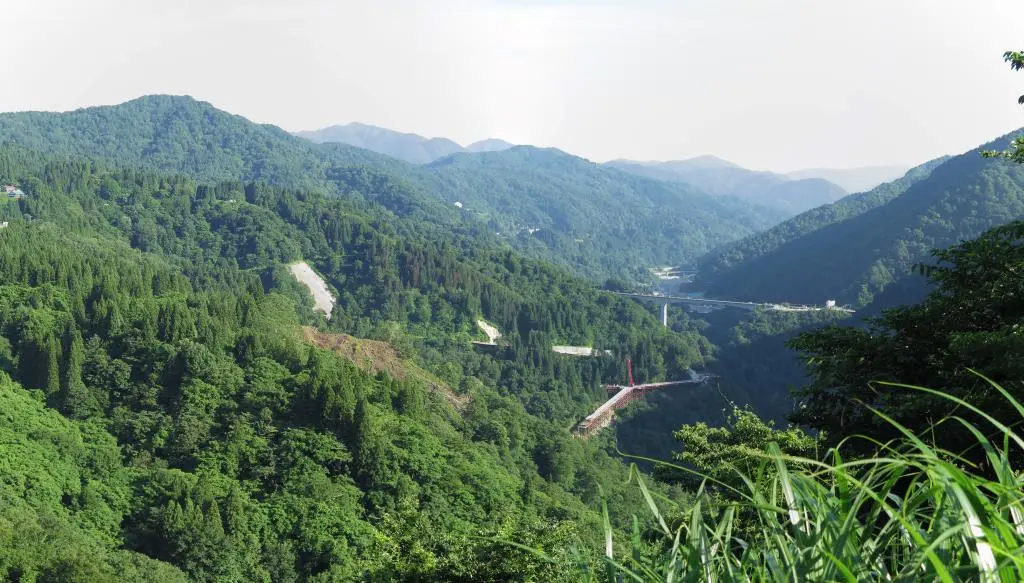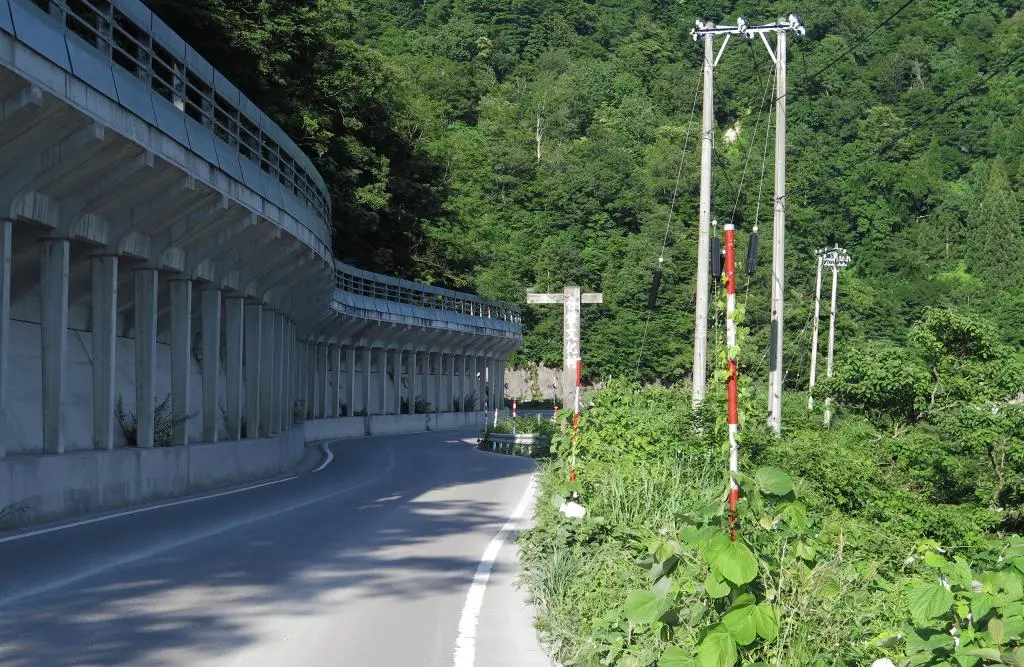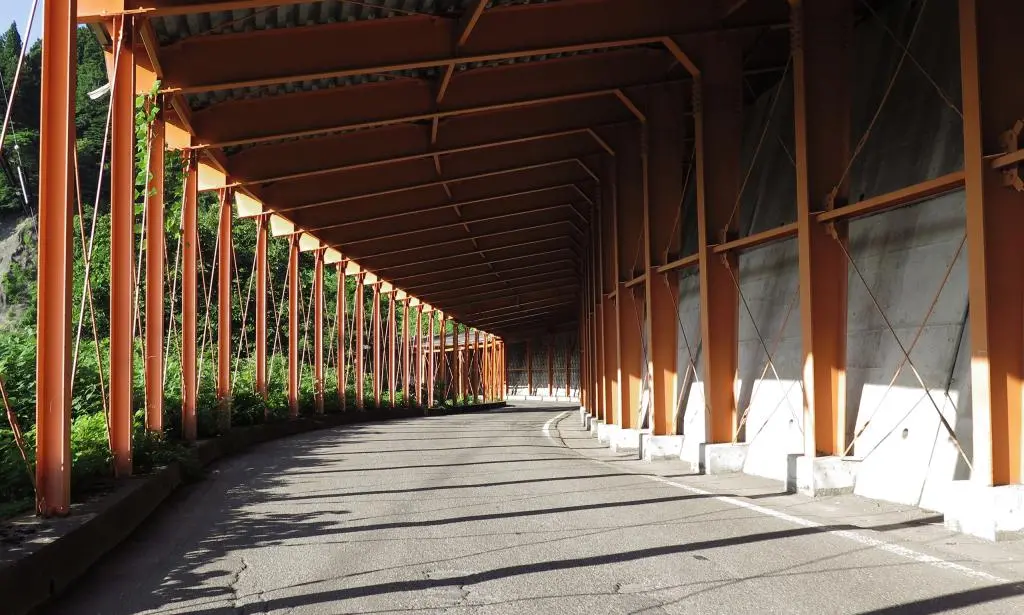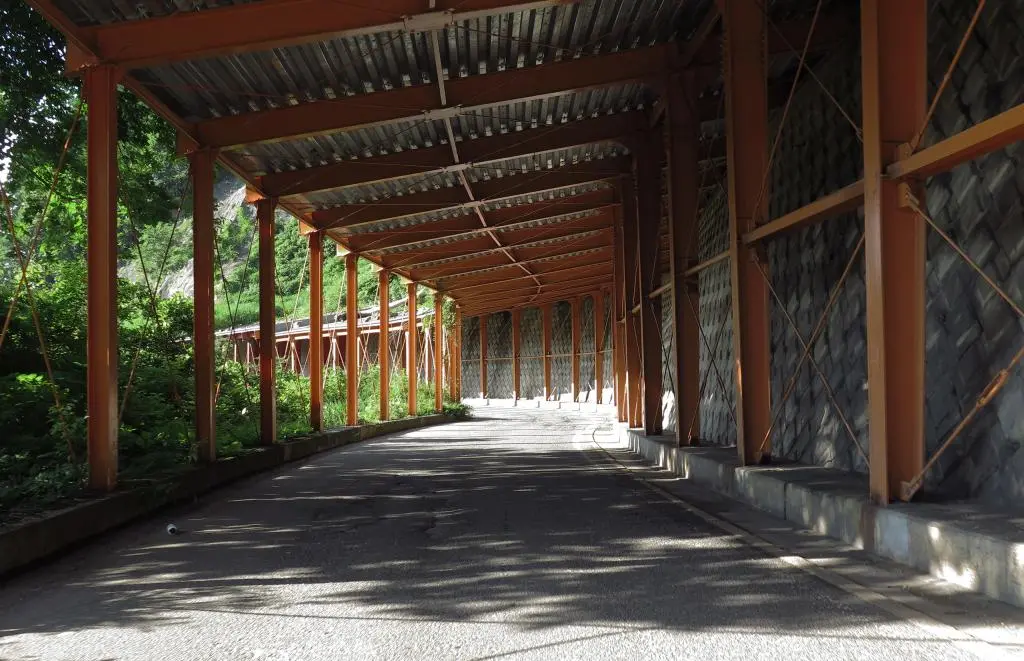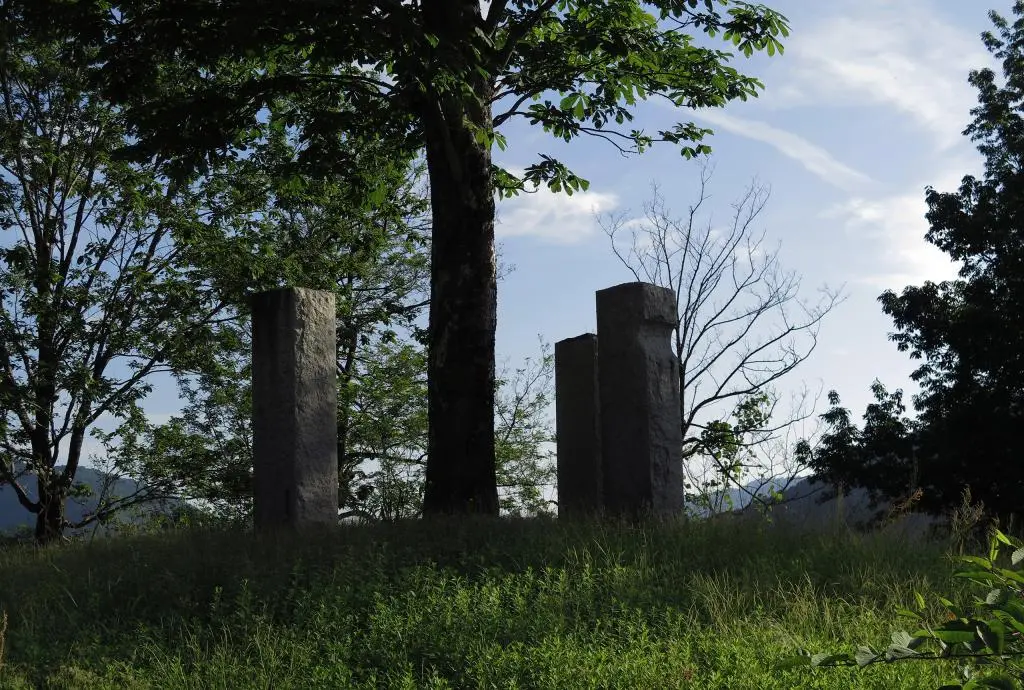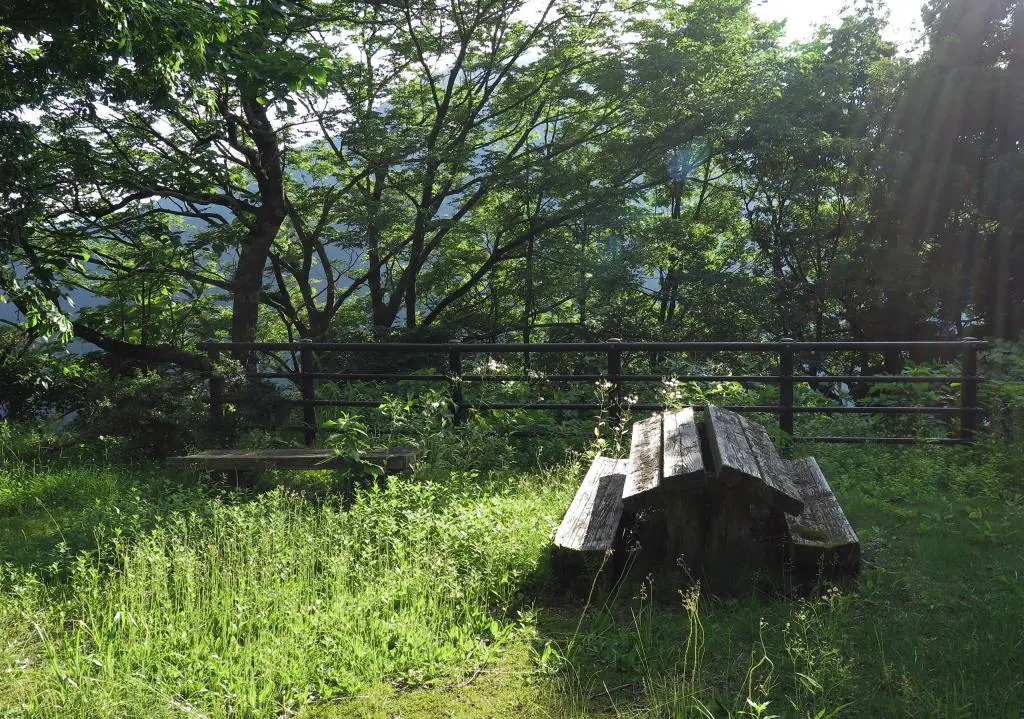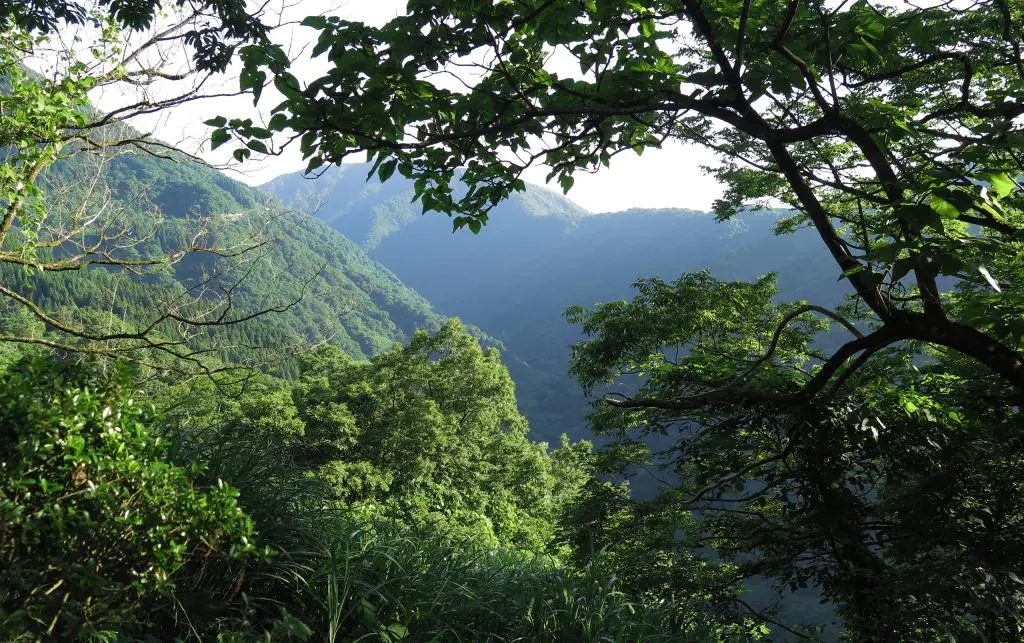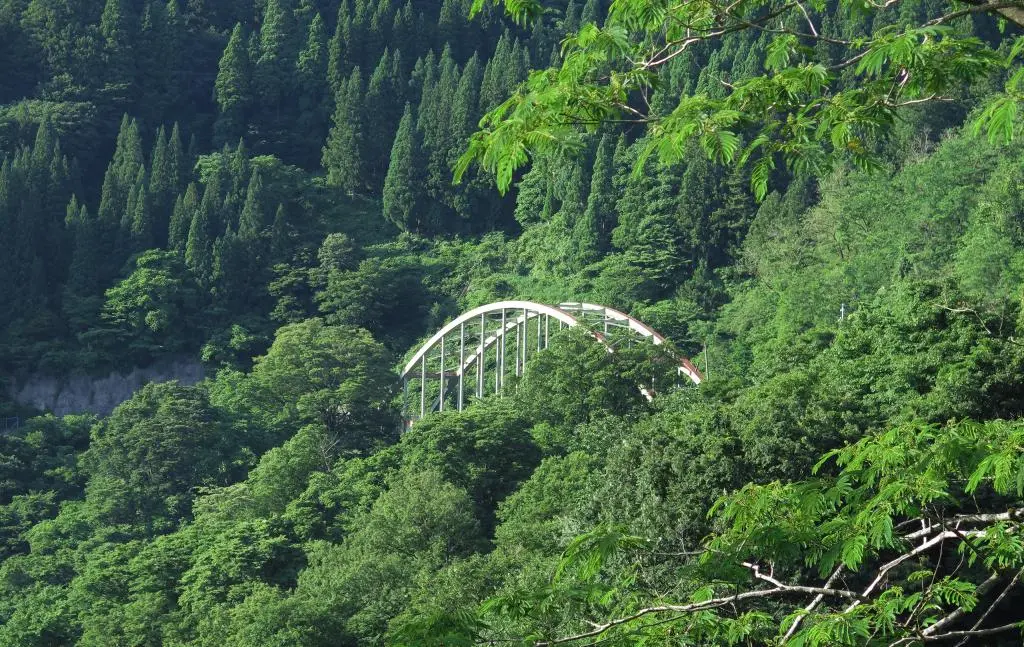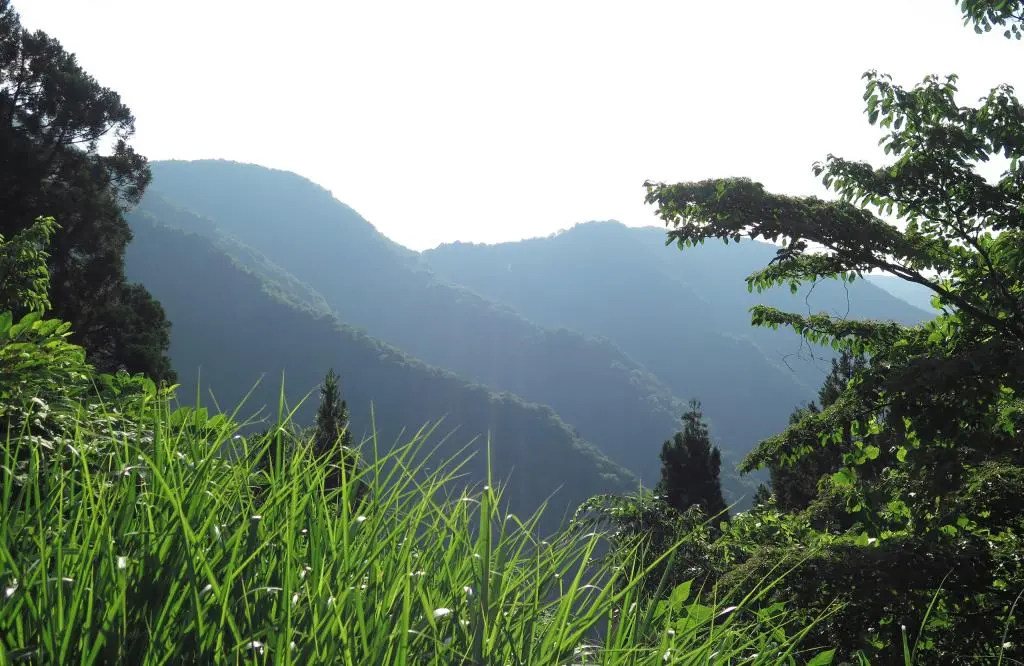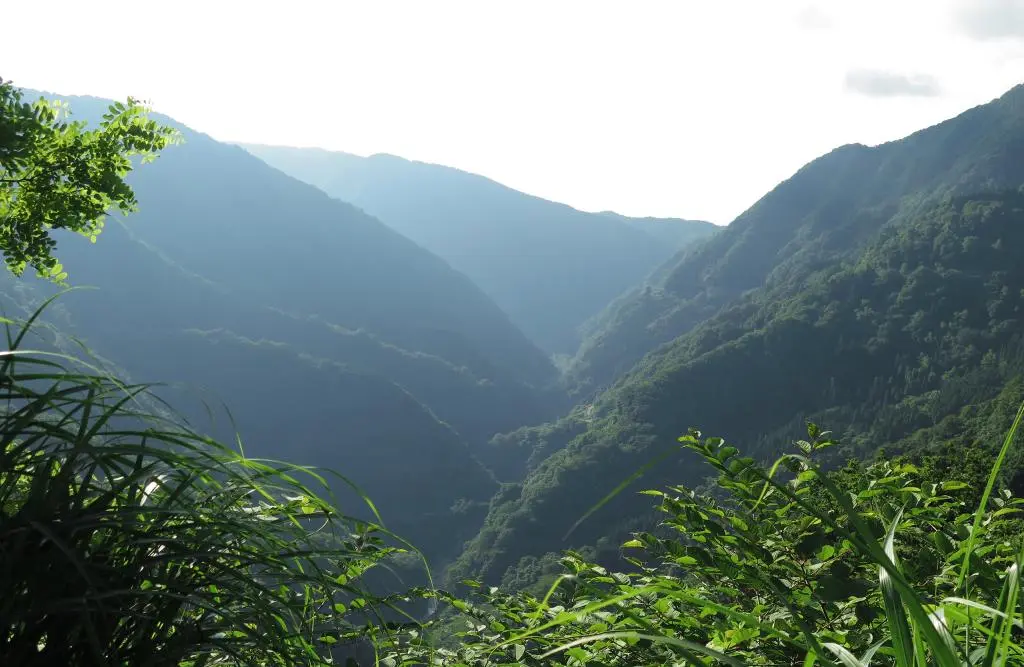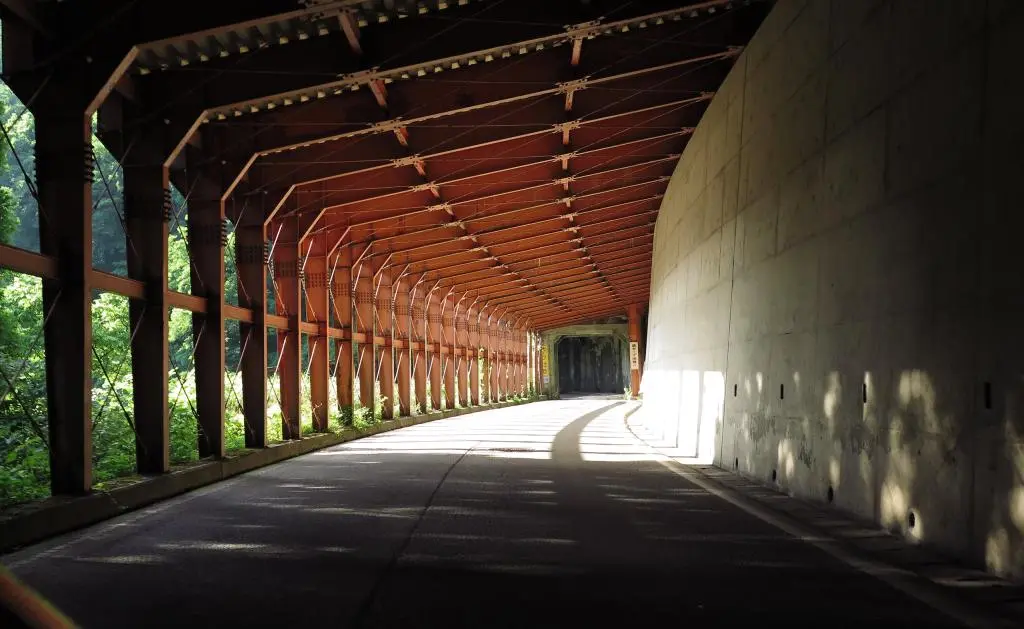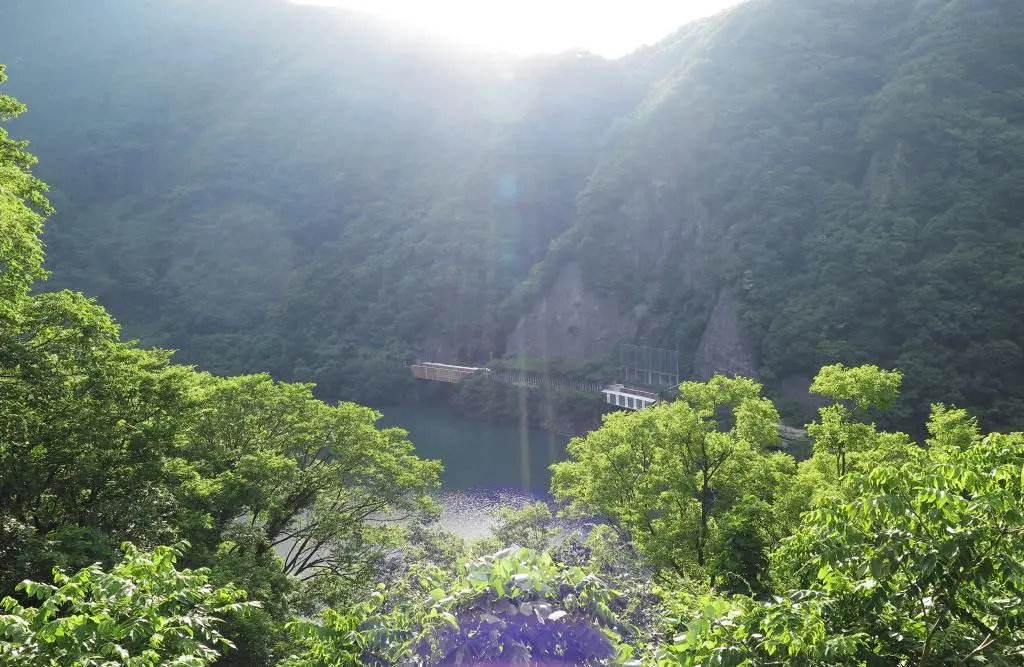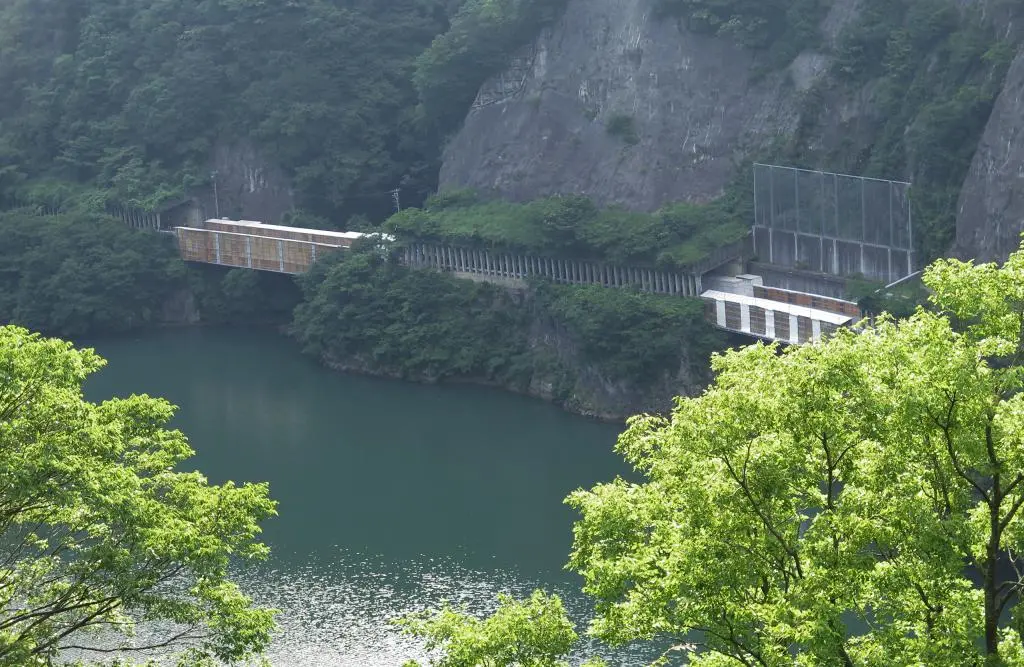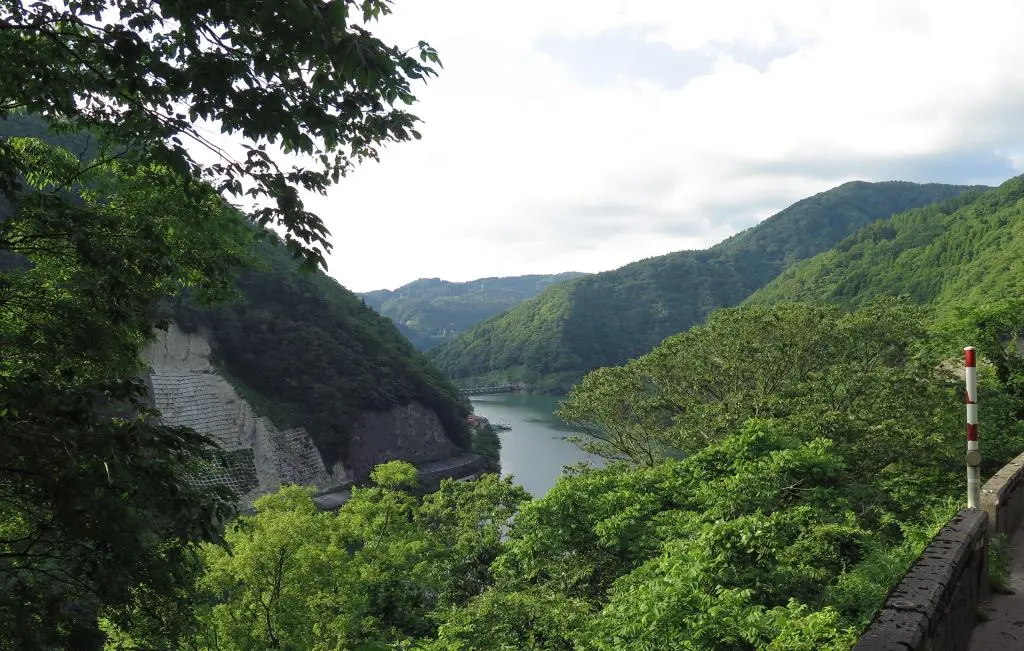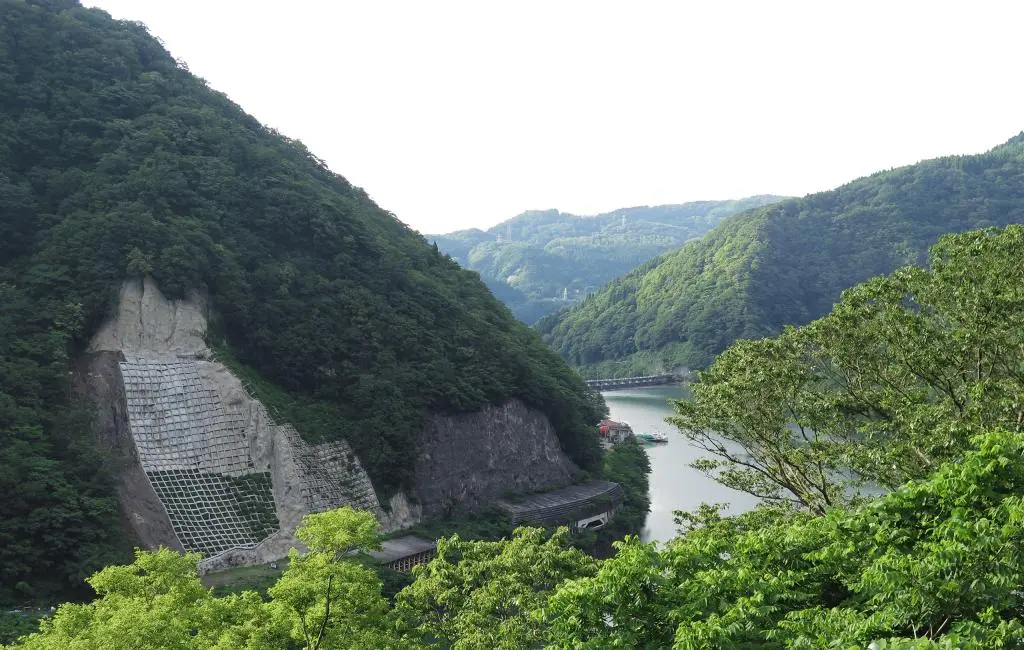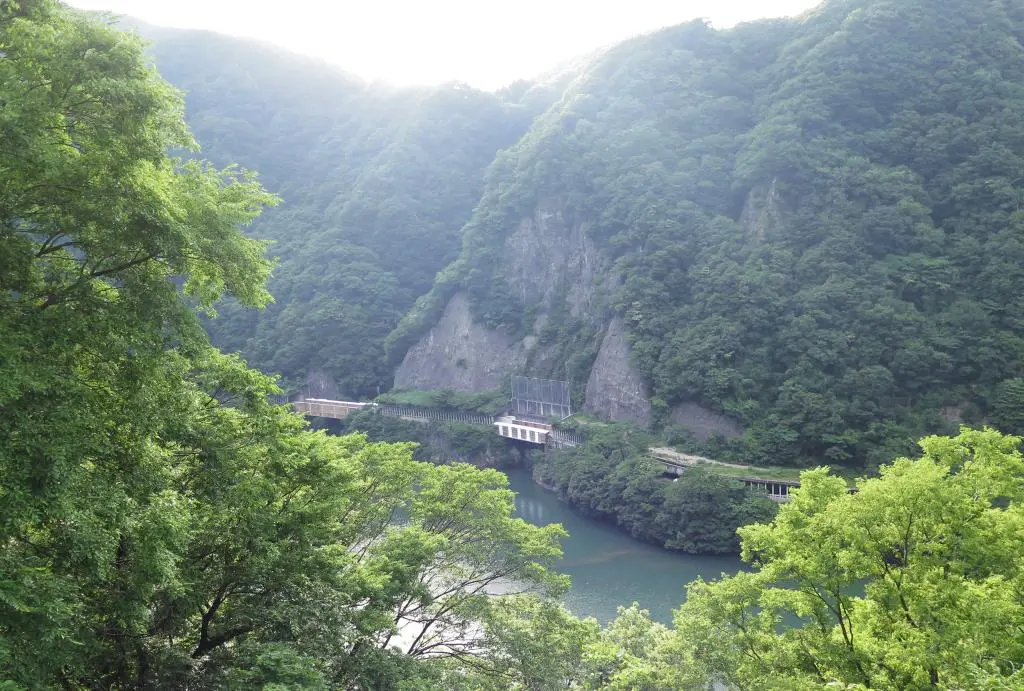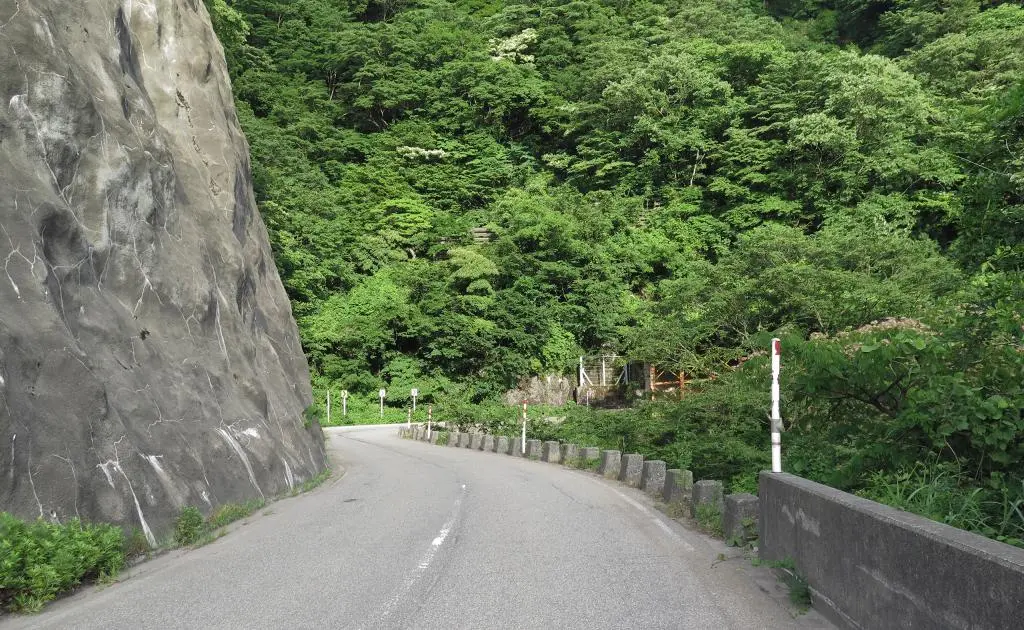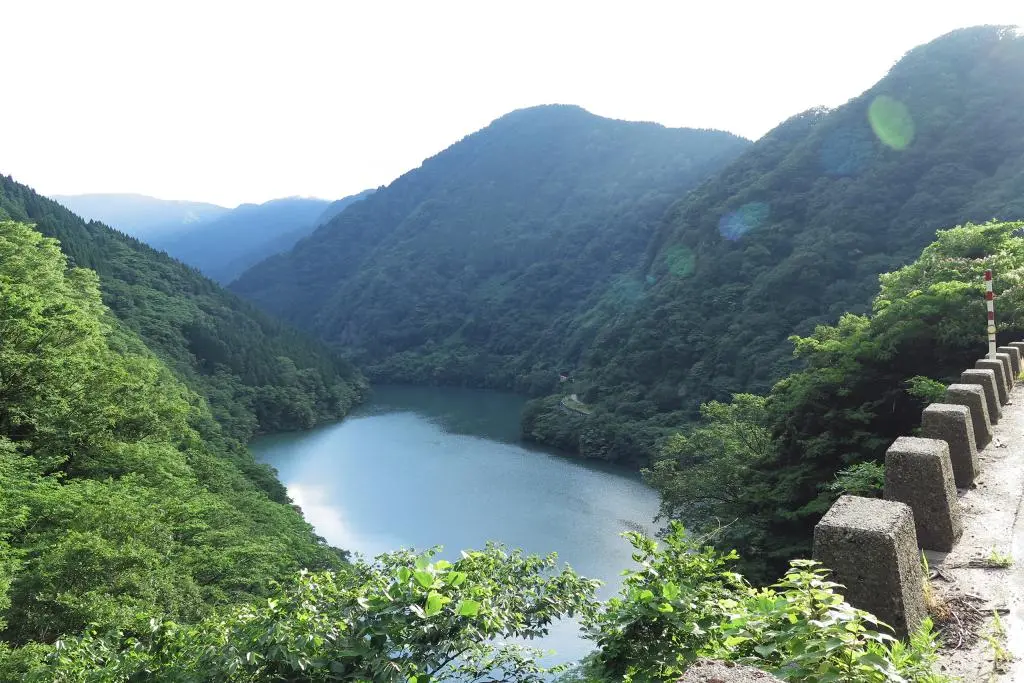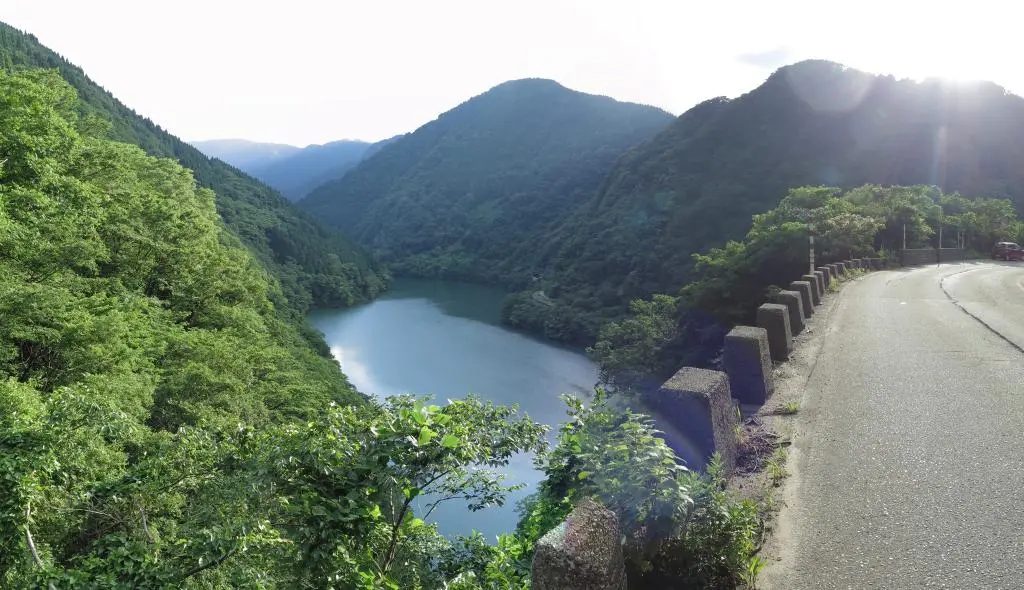Oshiba Village or Oshiba Settlement was one of the smaller villages in Toga Valley. It was small enough and close enough to another village that I don't think anyone considered in an actual village. Thus, it was given the designation of shuraku 集落 instead of mura 村.
At its height, it seems like there were 10 homes clustered together with 100 people liviing there. This was during the Meiji period. In the year 2000, no one was registered as living here. Japanese Blogger Akirango visited the area in 2020, and did a lot of research on the old village.
When he visited in 2020, there were apparently several homes in the area. Most of them had been completely abandoned and several had collapsed or were on the brink of collapsing. He noted that one home looked like some folks still returned every now and then to check on it. Mr. Murakage also visited the village in 2011. His page shows the population of the village since 1872 (Meiji 5).
These days, anyone who still owned land in Oshiba must've died or sold it to the government because the construction companies have moved in and begun cutting down the forest surrounding the village. Google Maps doesn't show any of this, but it's using satellite images from May 2024. So all this deforestation happened last summer or this summer.
Also, looking on Google Map, the road leading to the village has had some changes in the last year, too. The village road branches off from Route 471 leading to the center of Toga Village. Near the crossing, the road had been taken out by a landslide, and construction crews have been building a new support bridge going from the main road down to the village area.
So, maybe they started cutting down trees last year, and the road was taken out over winter.
One of the most important construction related projects in the area is the Toga Dam. Apparently, they've been working on this dam for almost 20 years. Looking looking at various old posts of people exploring the villages and schools in the area, looking through Google Maps, and also going there, it seems they area is full of construction from summer to fall.
Open areas have temporary dorms set up for workers. The road-side stop 道の駅 further north on 471 had several billboards targetted at workers. It says how to avoid heatstroke while working in summer, and how it's okay to stop working if you feel too hot. The occasional truck or marked cars are parked along Route 471, too.
It seems like they could be clearing the forest for something related to the dam.
While all the homes seemed to have been removed, the Shinmei Shrine 神明宮 was still there, left untouched for now. Shinmei Shrines are Shinto shrines devoted to Amaterasu, the goddess of the sun. In Japanese mythology, Amaterasu was responsible for the origin of agriculture in Japan, so Amaterasu is widely worshipped in areas were agriculture was important.
In his post, Akirango wondered what the shrine would say about the history of its village, both the rise and the fall. I don't think anyone would have considered Oshiba a vibrant village. But even so, I suppose the shrine would have gotten lonely with its residents slowly moving away.
The nearby Kitamamedani Branch School used to have a winter branch school in Oshiba. It's full title was Toga Elementary Kitamamedani Branch School - Oshiba Winter Branch School 利賀小学校北豆谷分校押場冬季分校. It opened in 1930 (Showa 2) and closed in 1968 (Showa 43), which is also when the Kitamamedani branch school closed. In 1943, it apparently had 11 students.
Would the shrine feel sad that children were no longer around? Or happy that they've found a more lucrative life elsewhere? Would the shrine feel sad that the remains of the town had been removed? Or happy that the area had become lively again with activity?
The outside of the shrine looked like it was pretty well intact. However, the inside didn't look so great. Much of the walls showed signs of termites. Ceiling boards looked like they were peeling and melting away. With absolutely no one in the area now returning, the shrine doesn't seem like it's going to survive many more winters.
The was a painting of Nagoya Castle on the wall. There were also samurai horse paintings on the wall facing outwards. These are pretty similar to Ema Paintings in Hida. By facing outwards, the luck and protection is extended to the people and happenings outside of the building.
Eventually (probably in the not so distant future), the shrine will be gone and very little trace of the Oshiba settlement will remain. Only the photos and stories of those who've been here.
